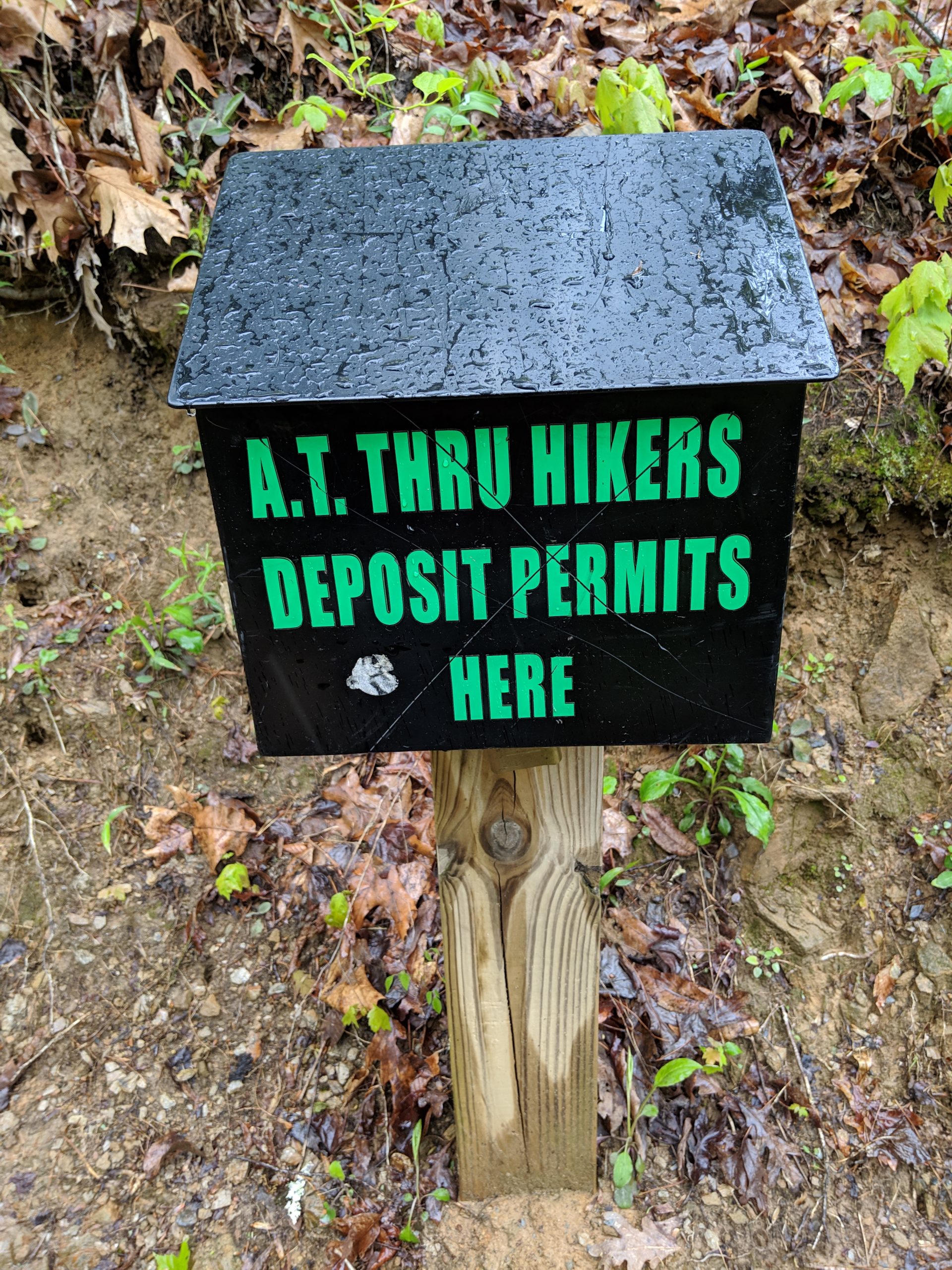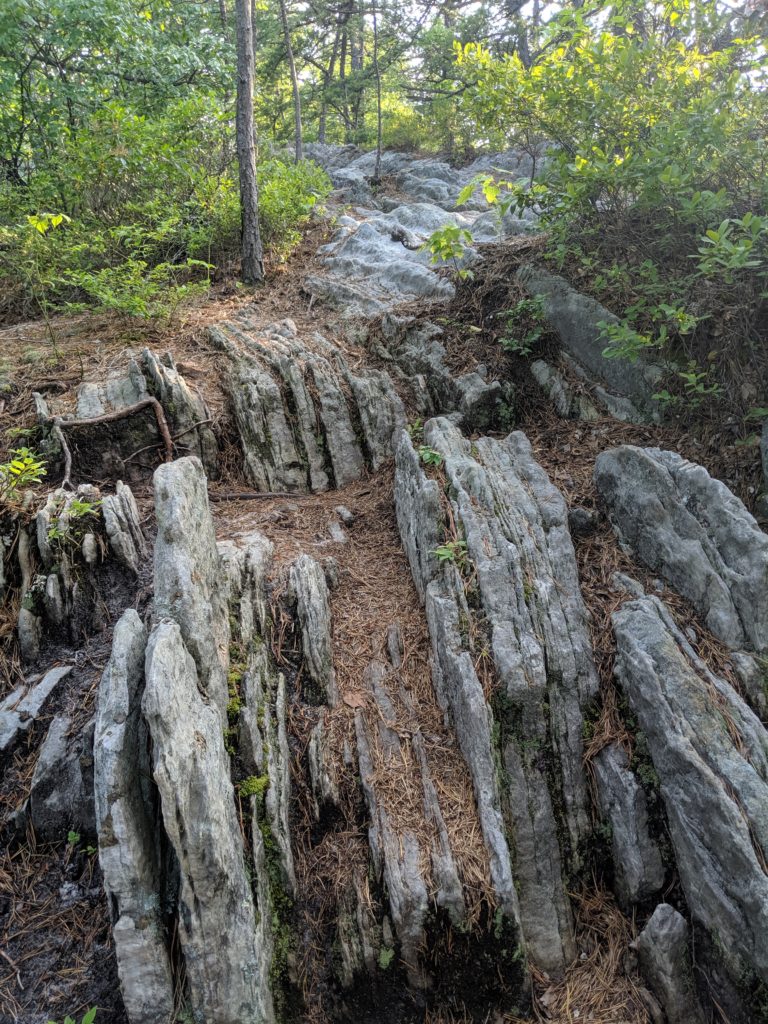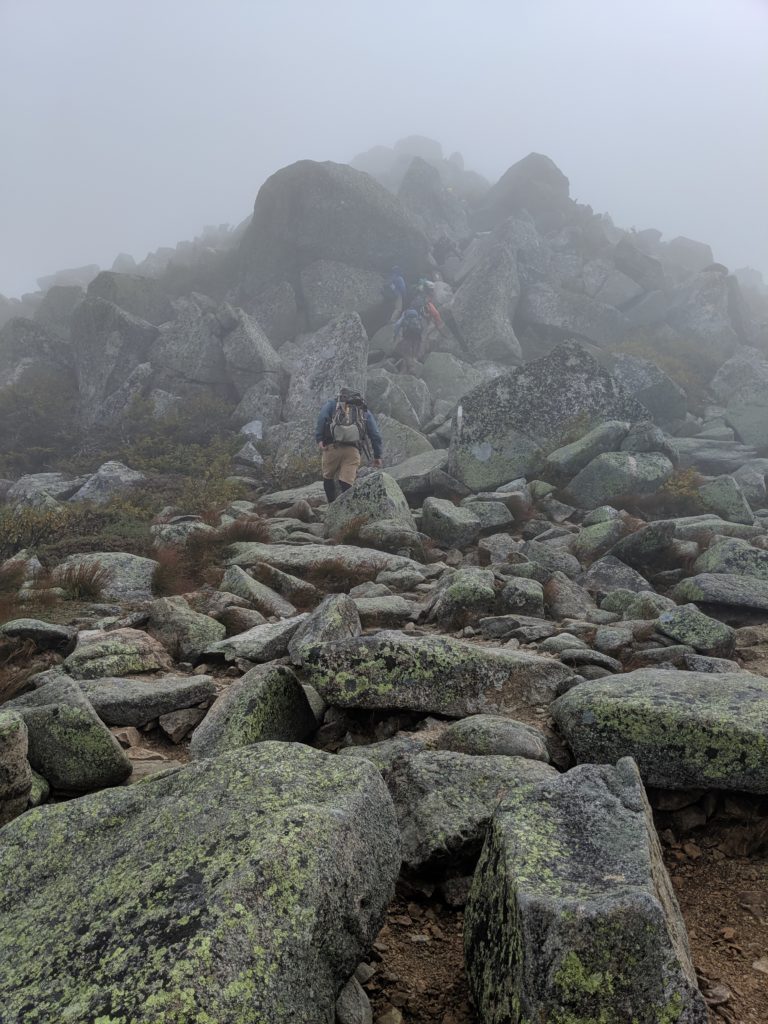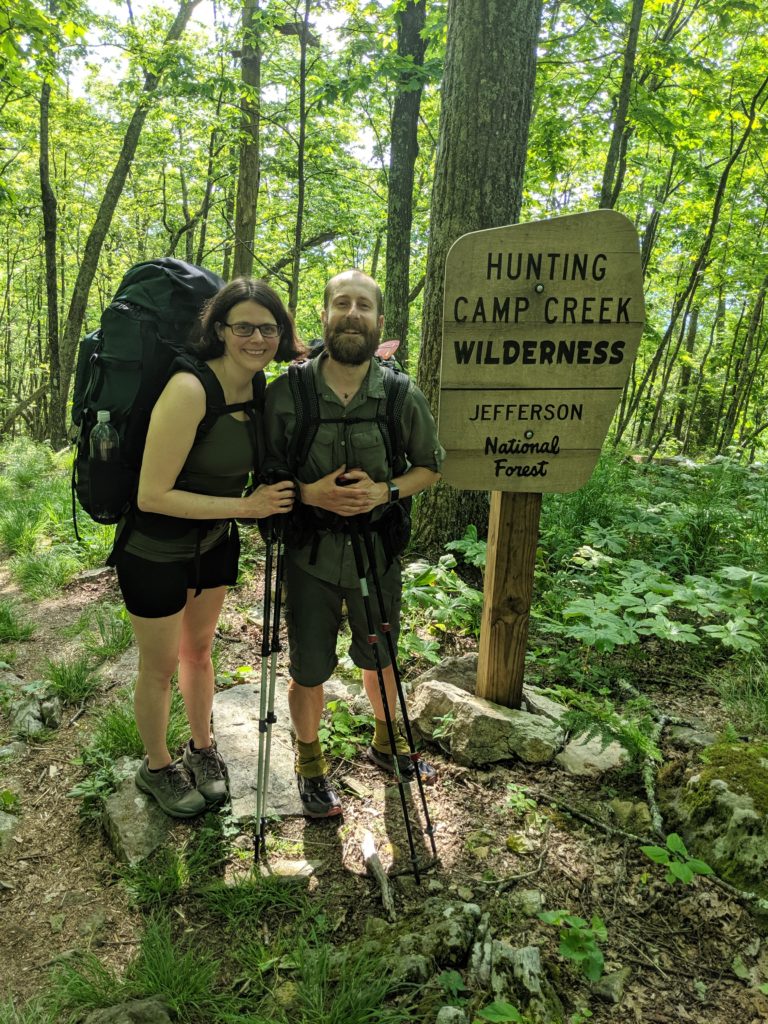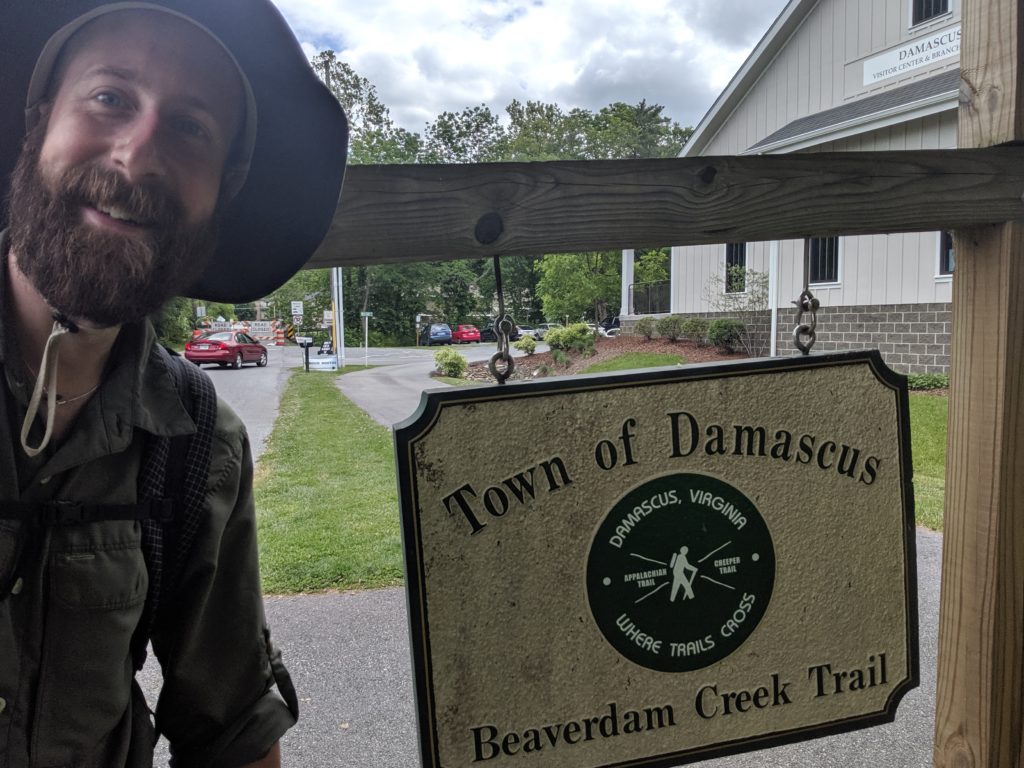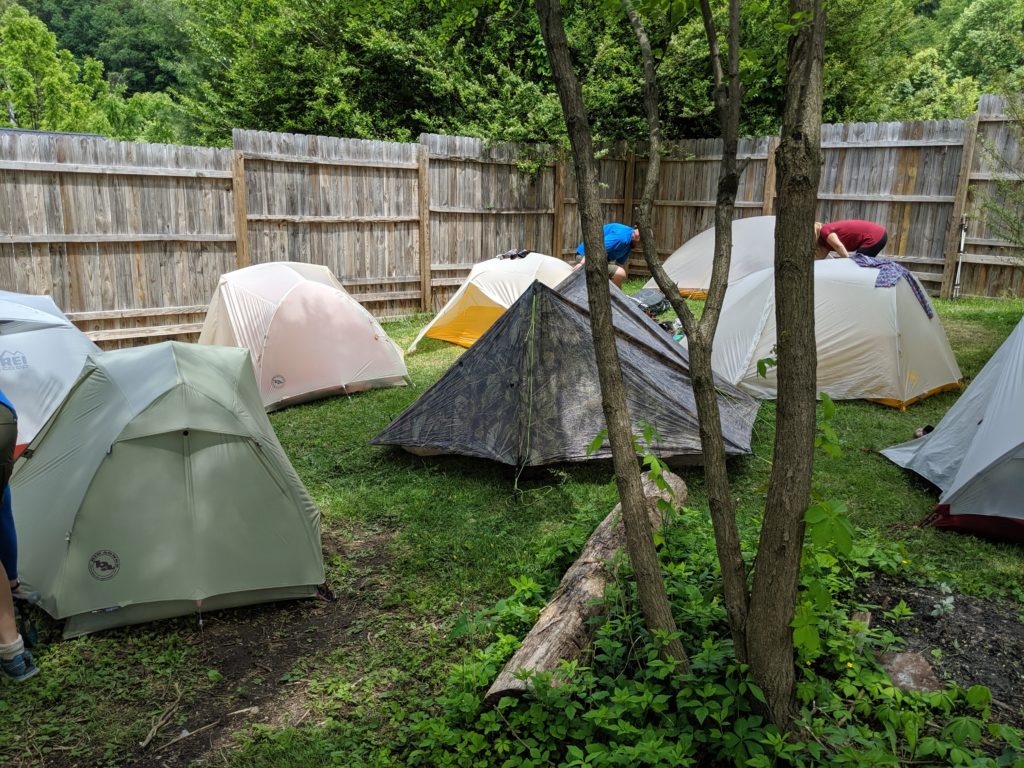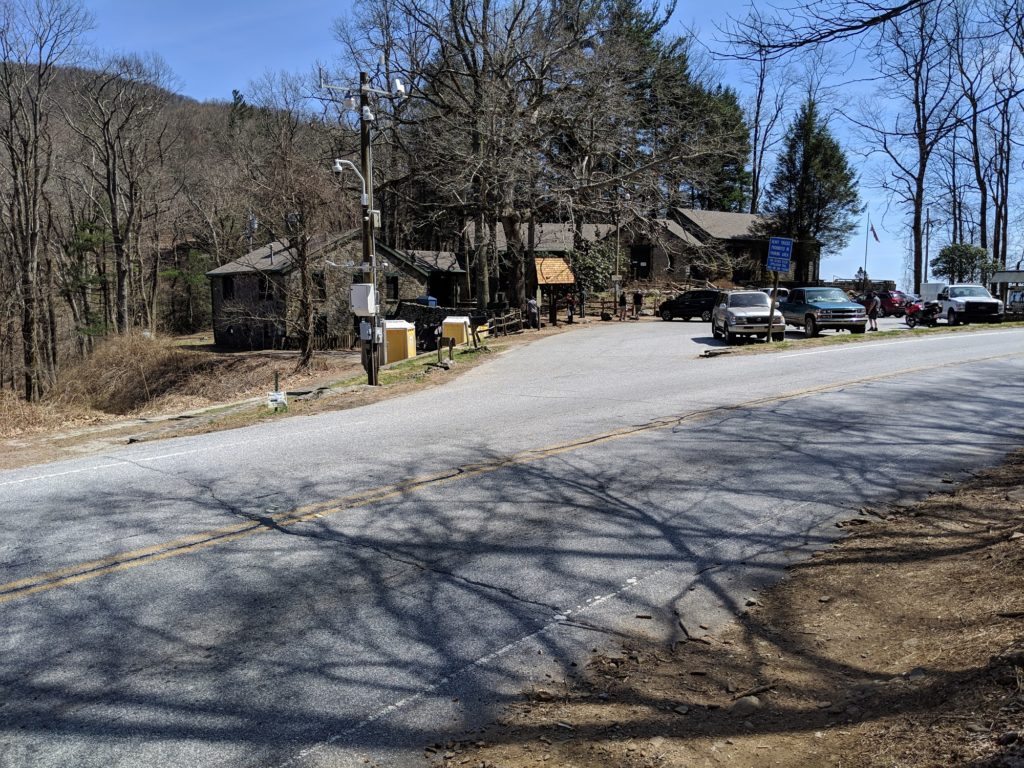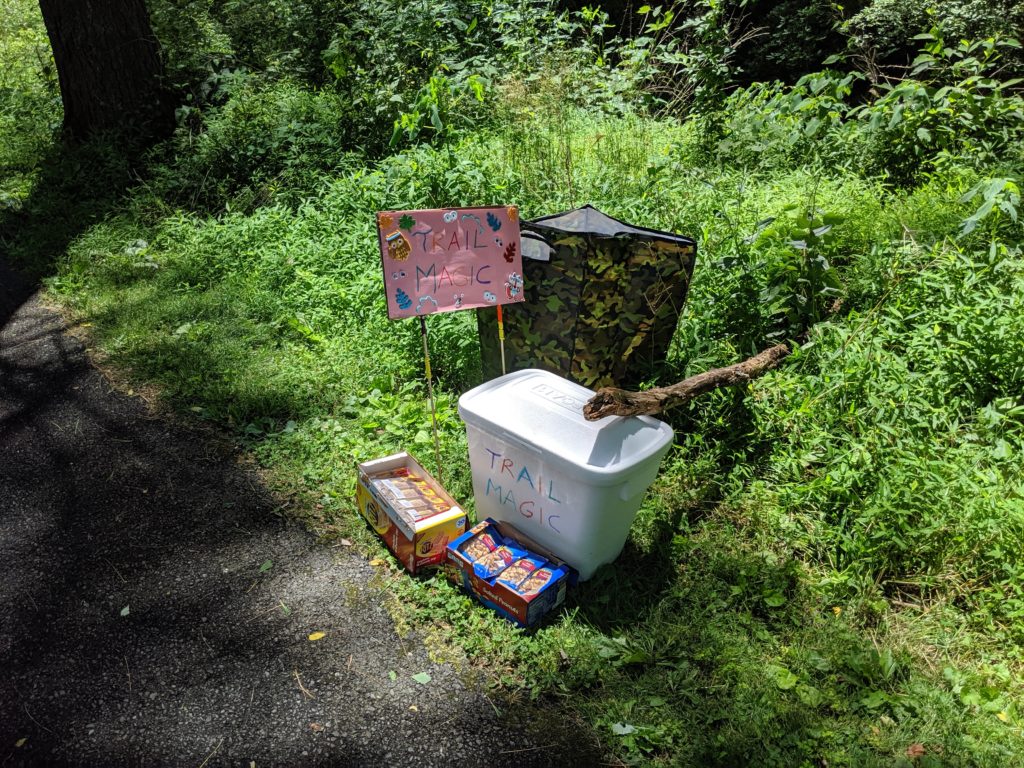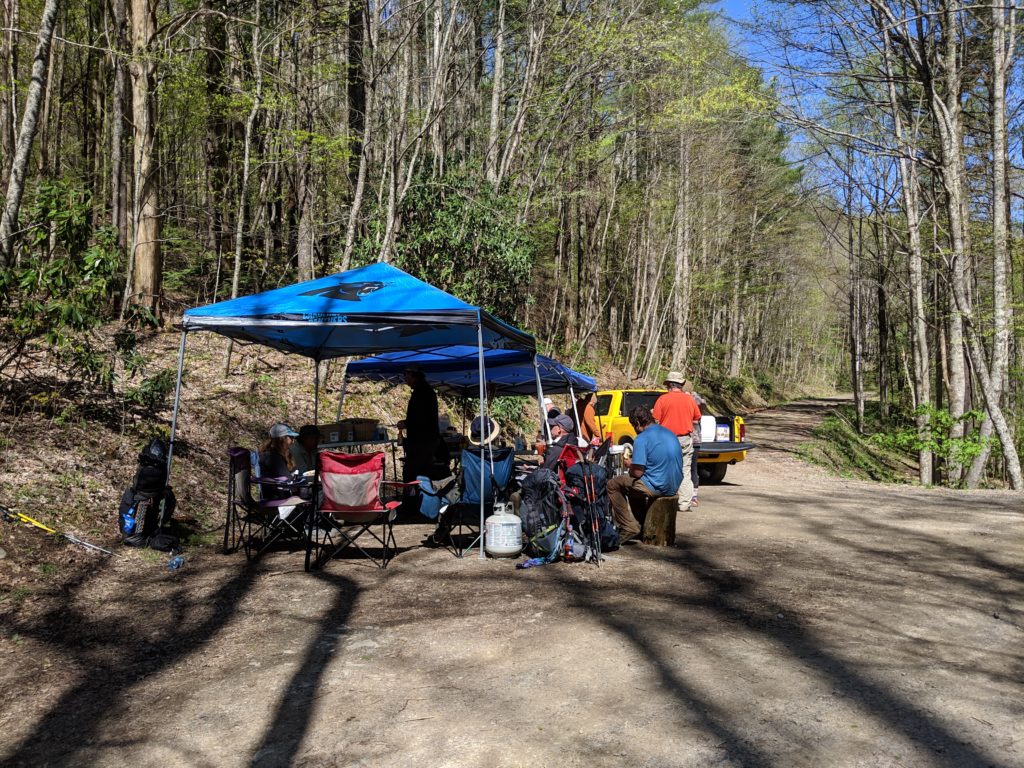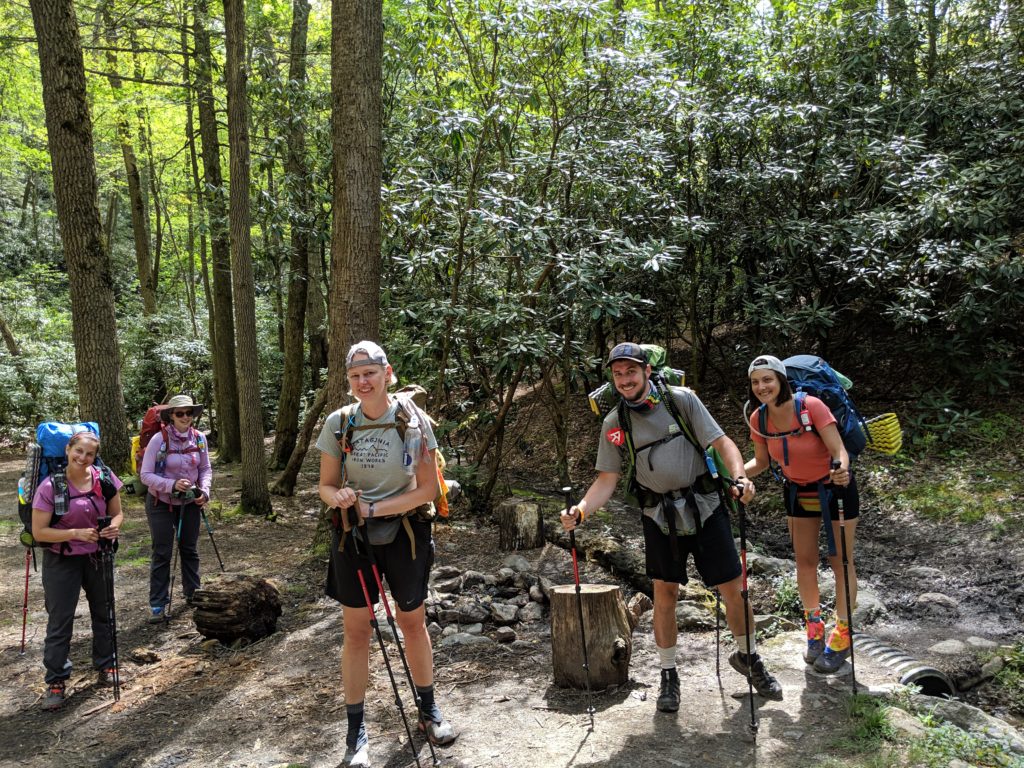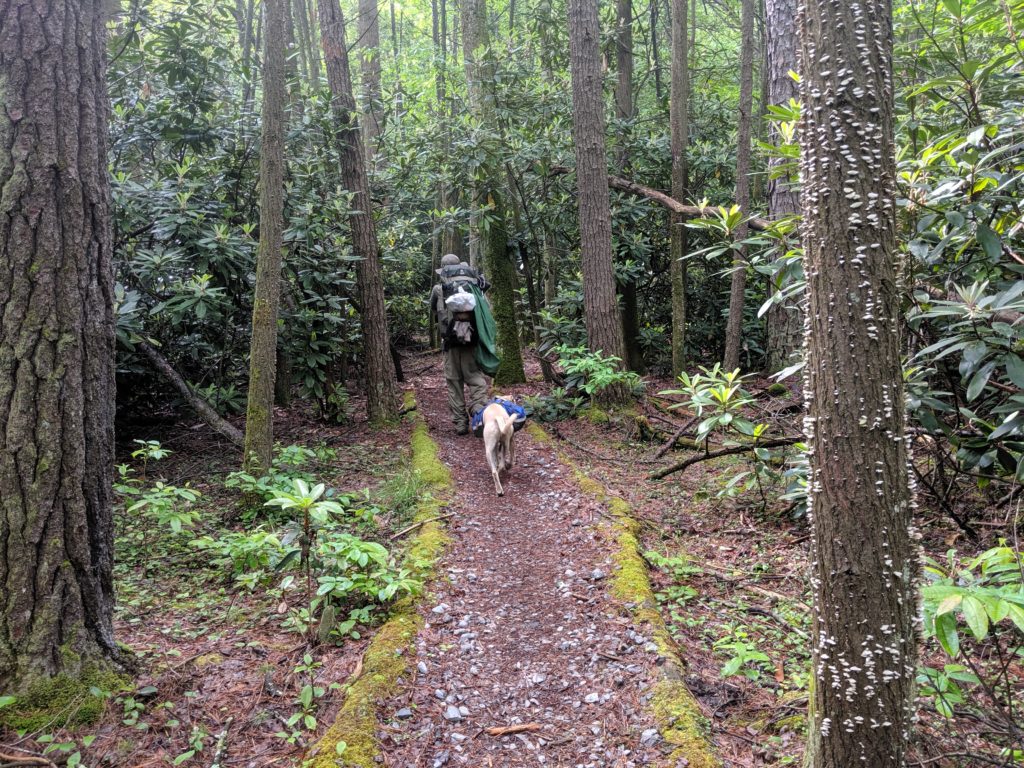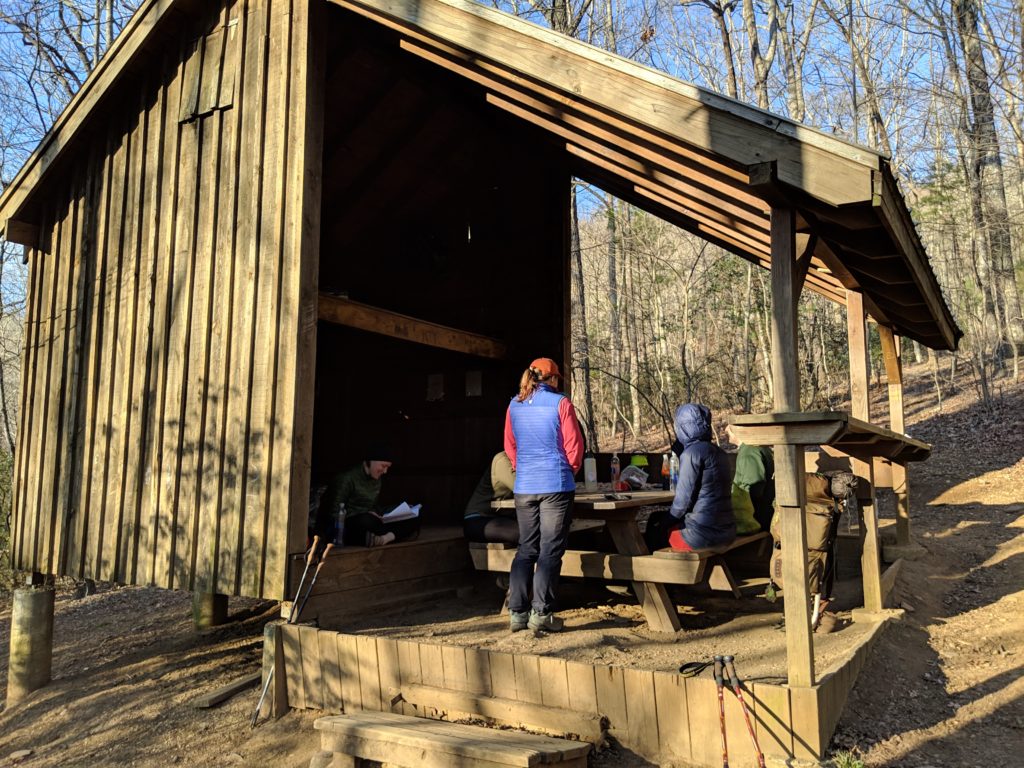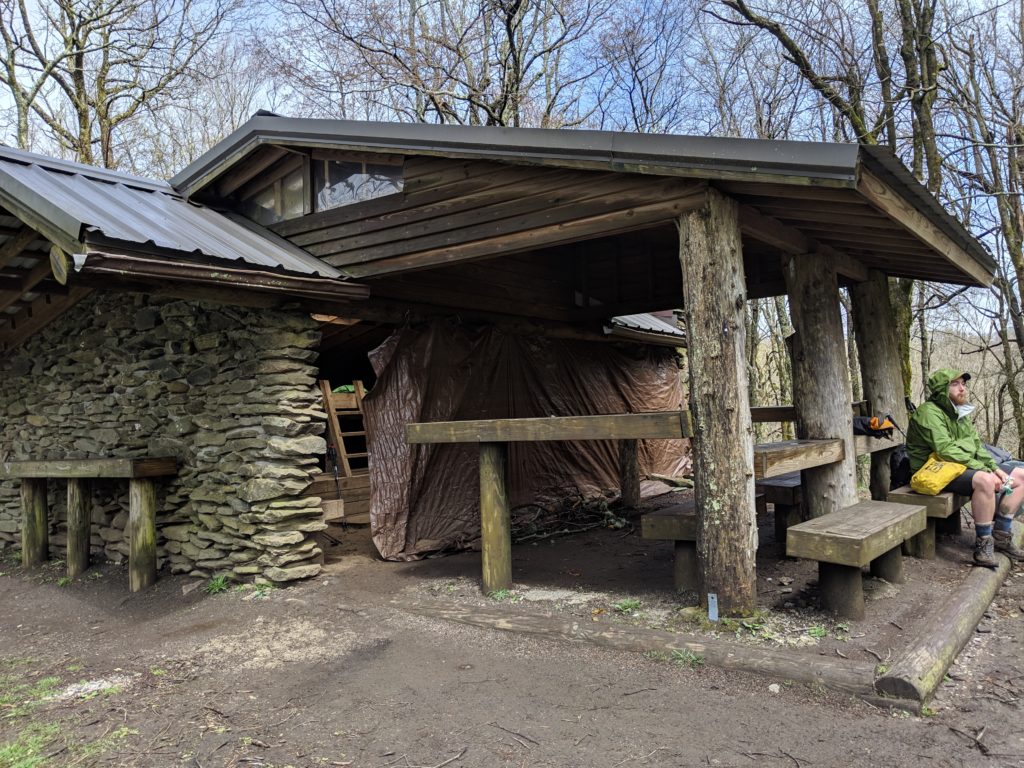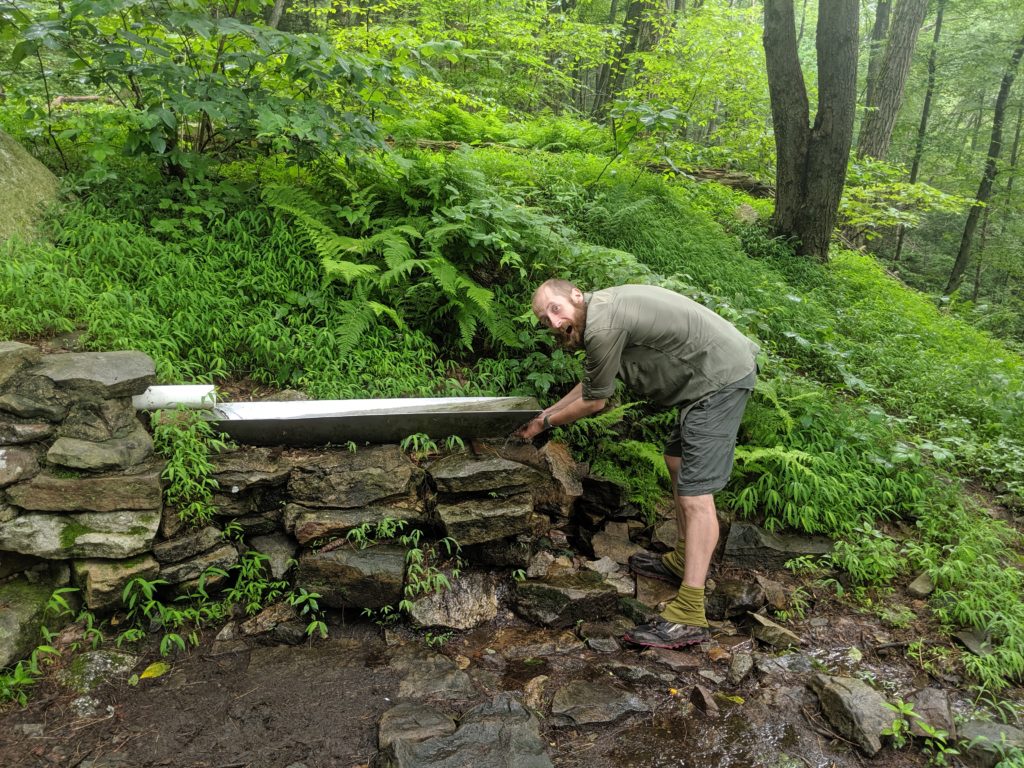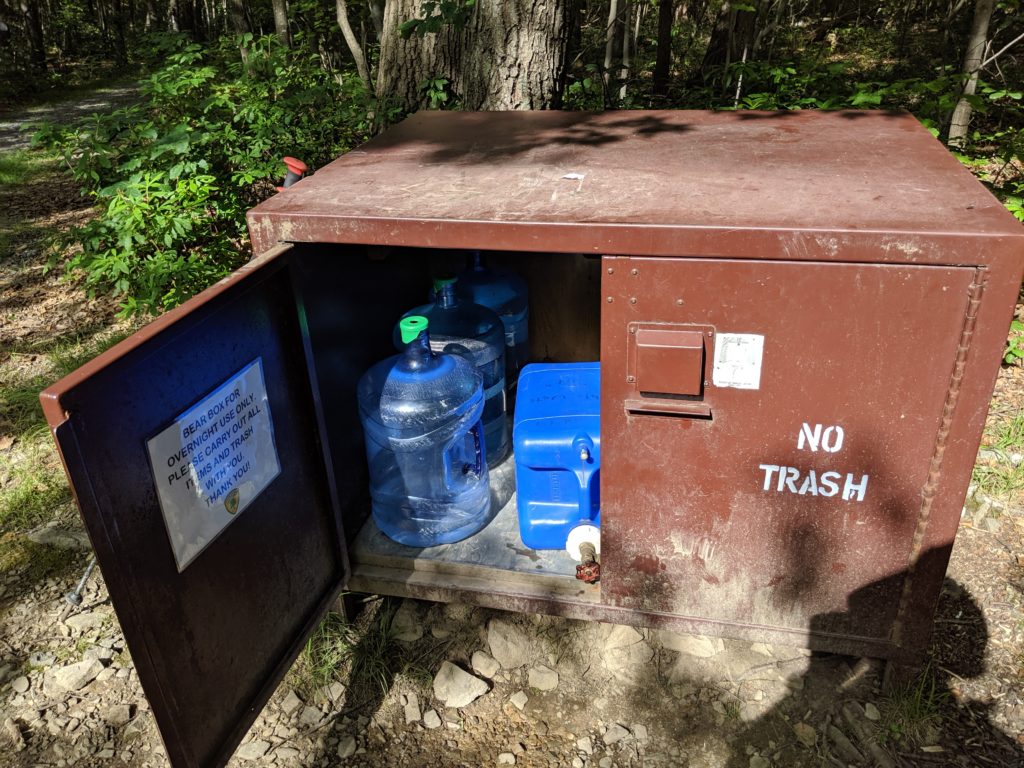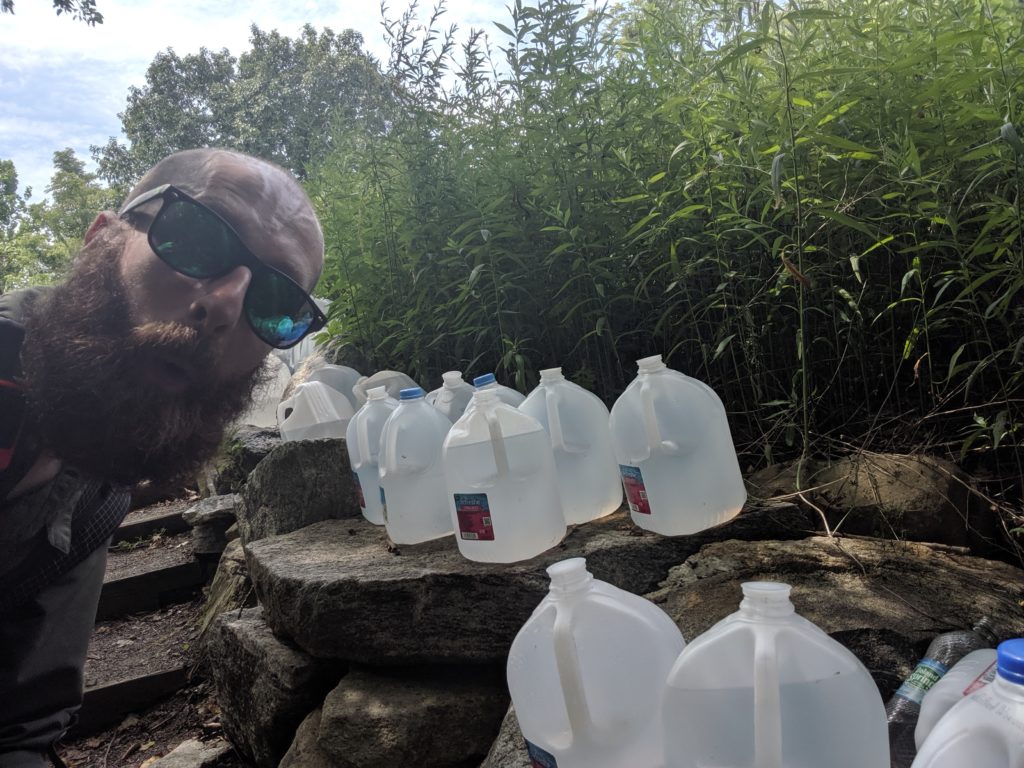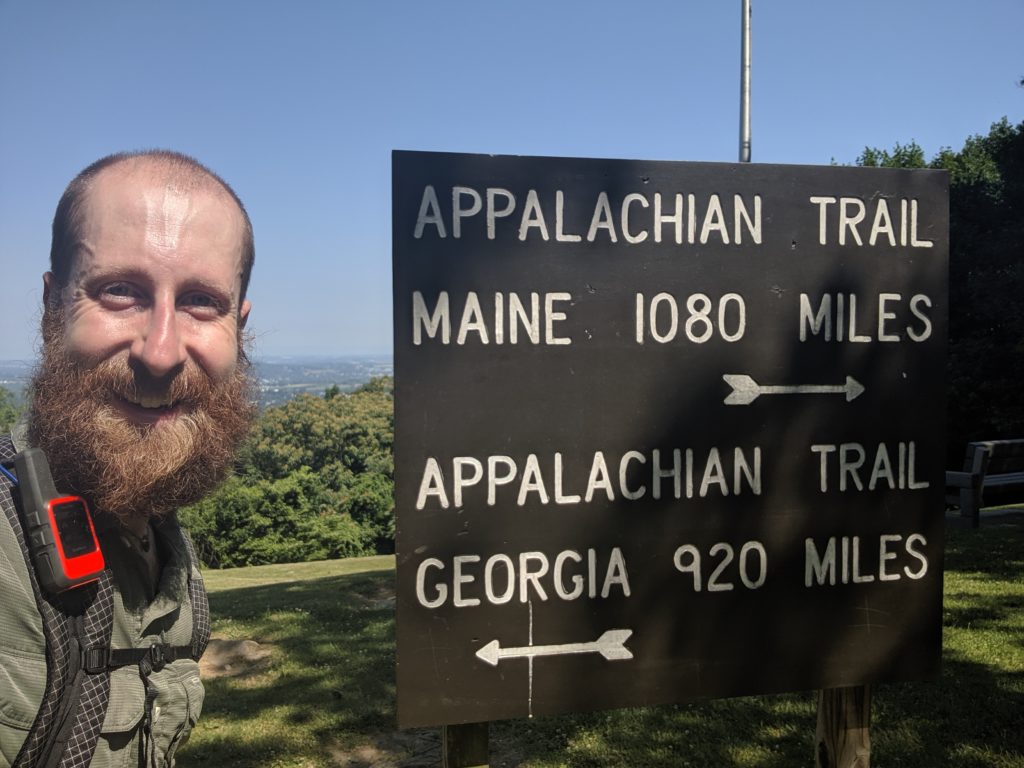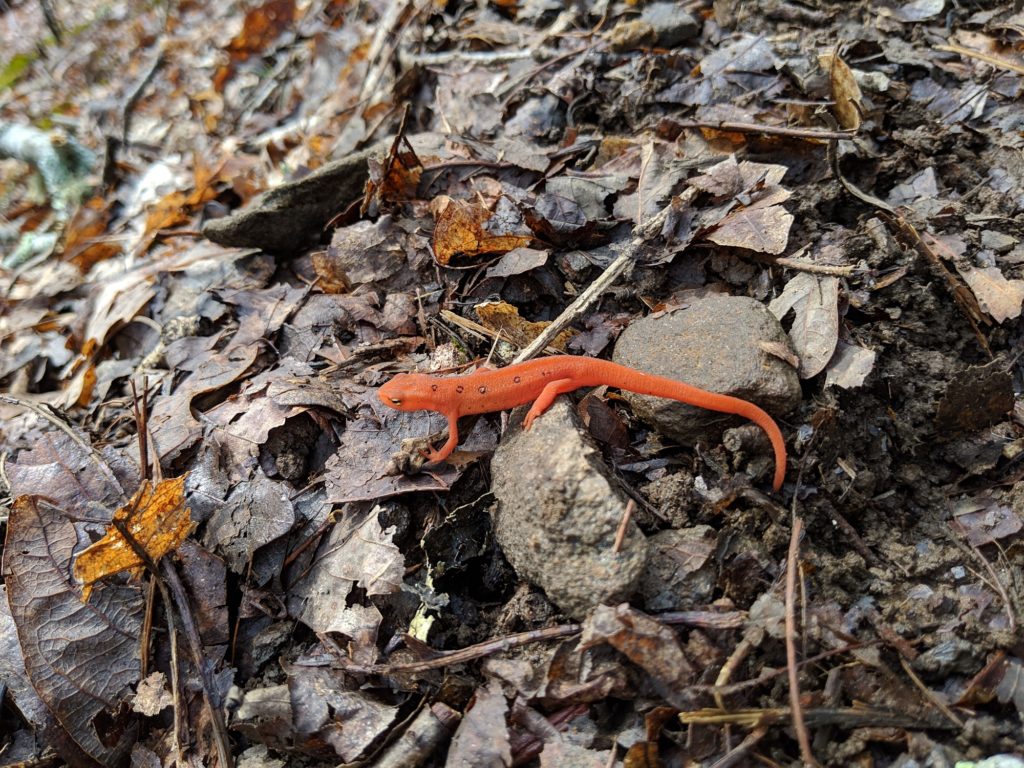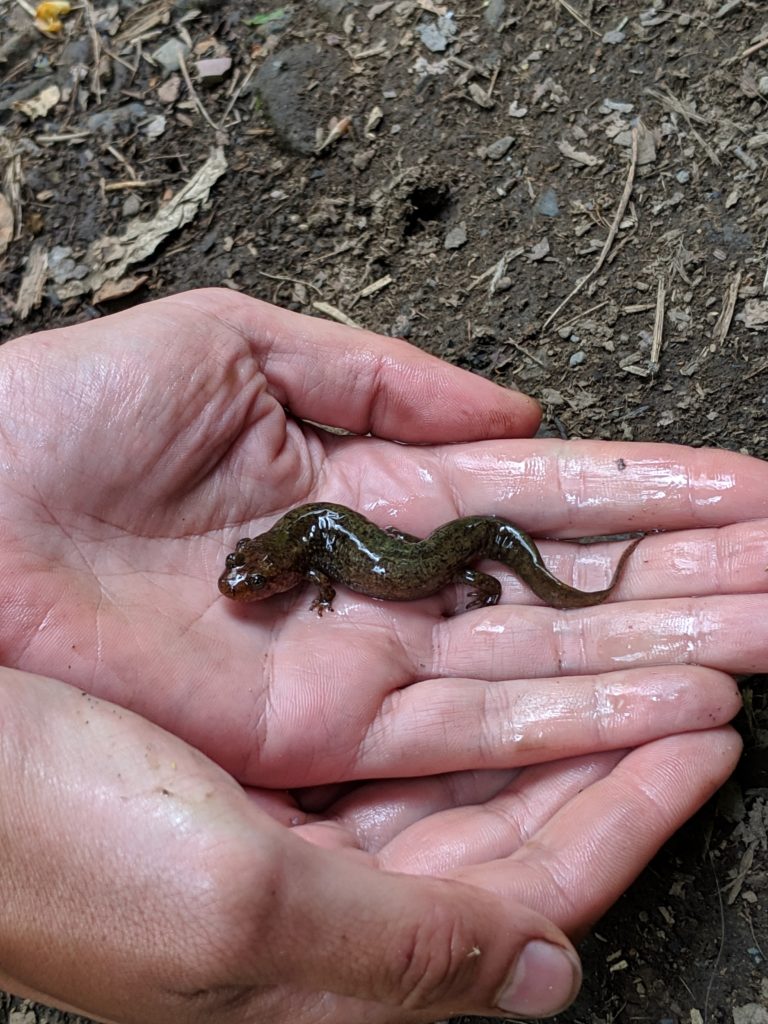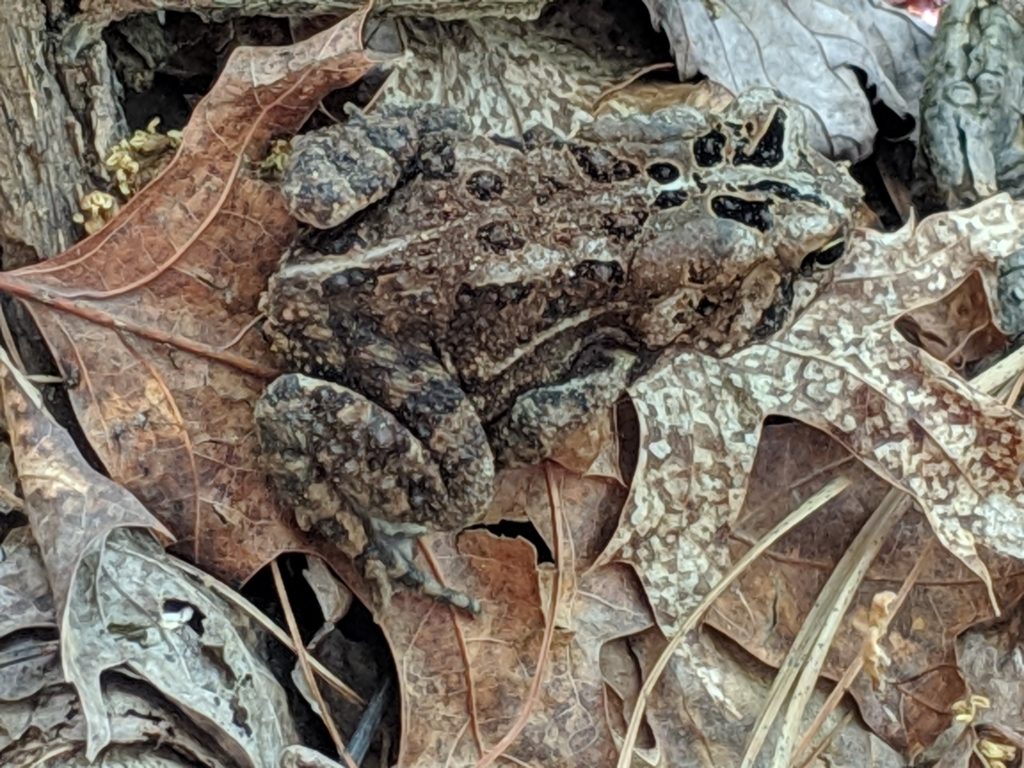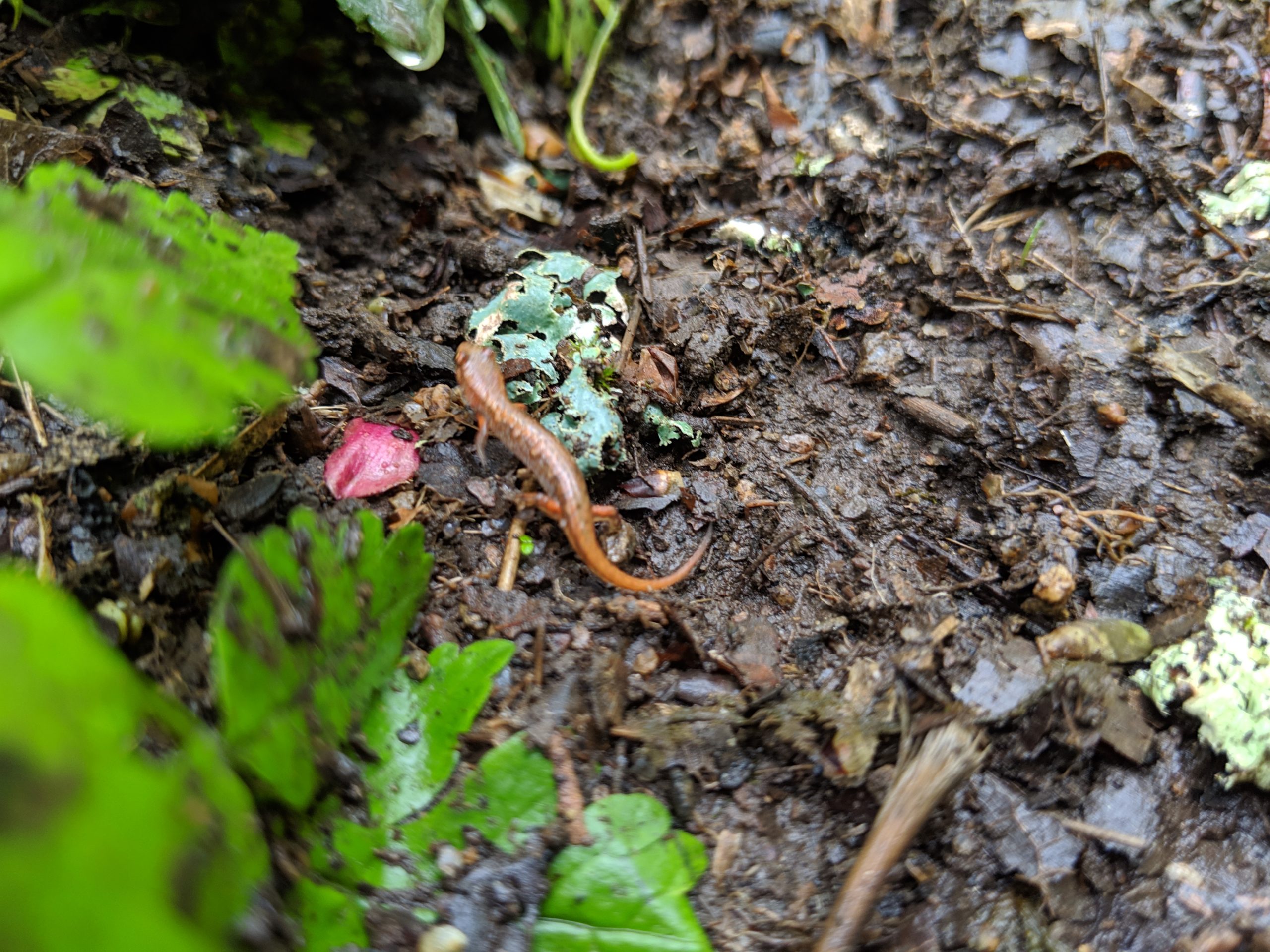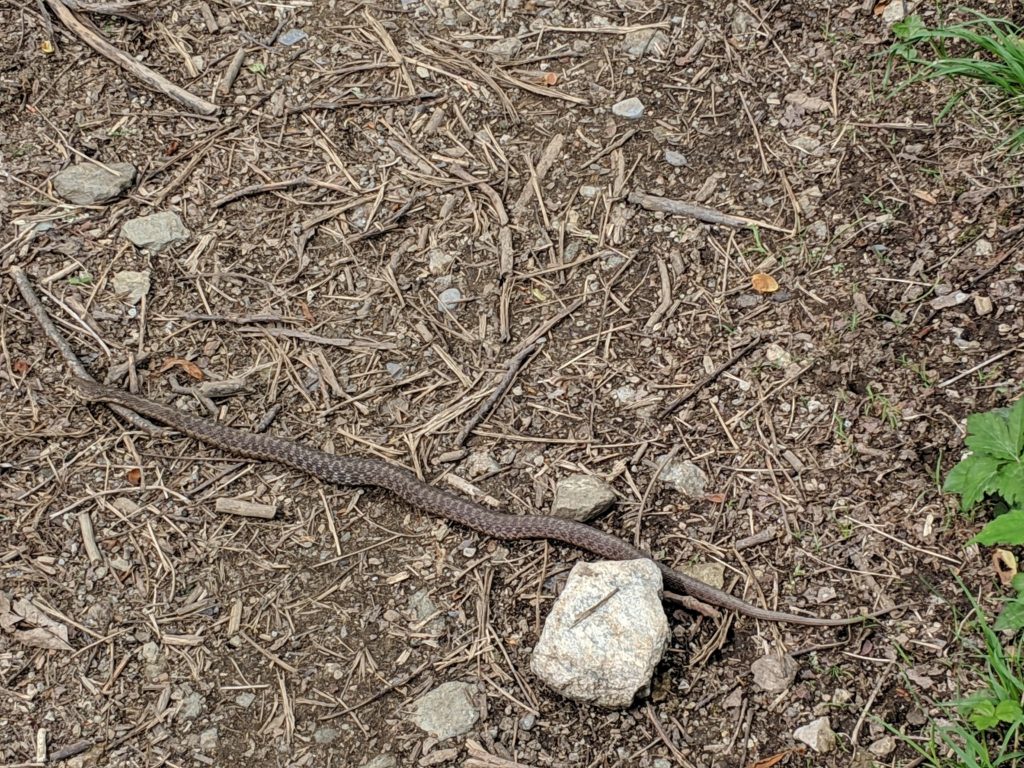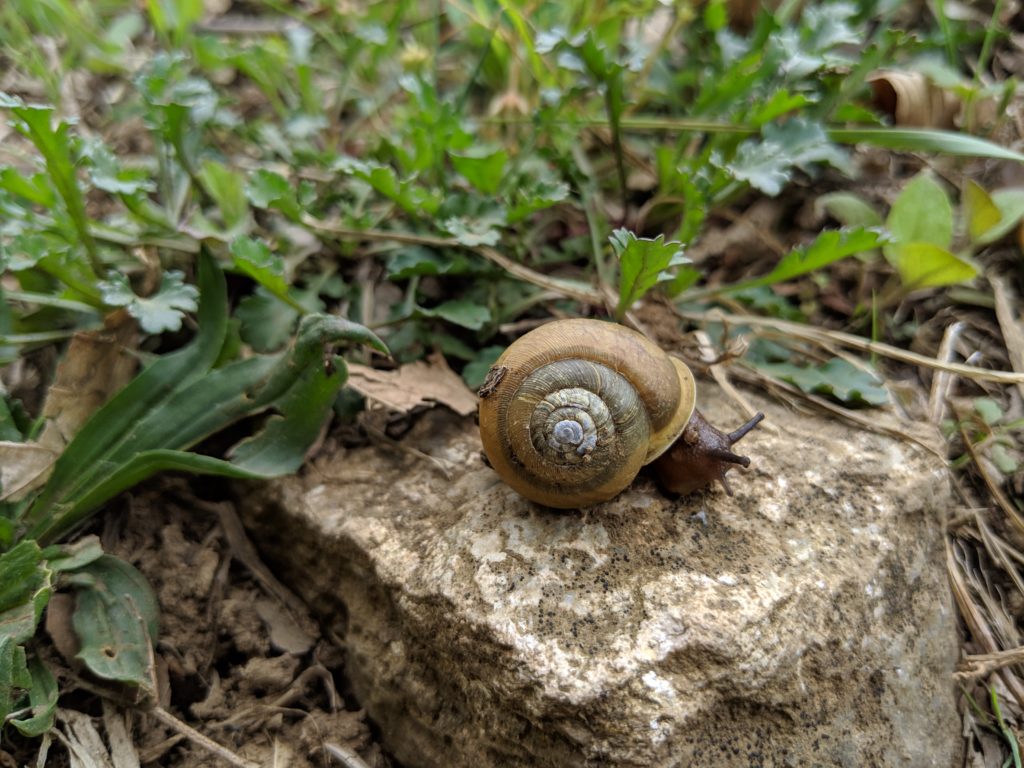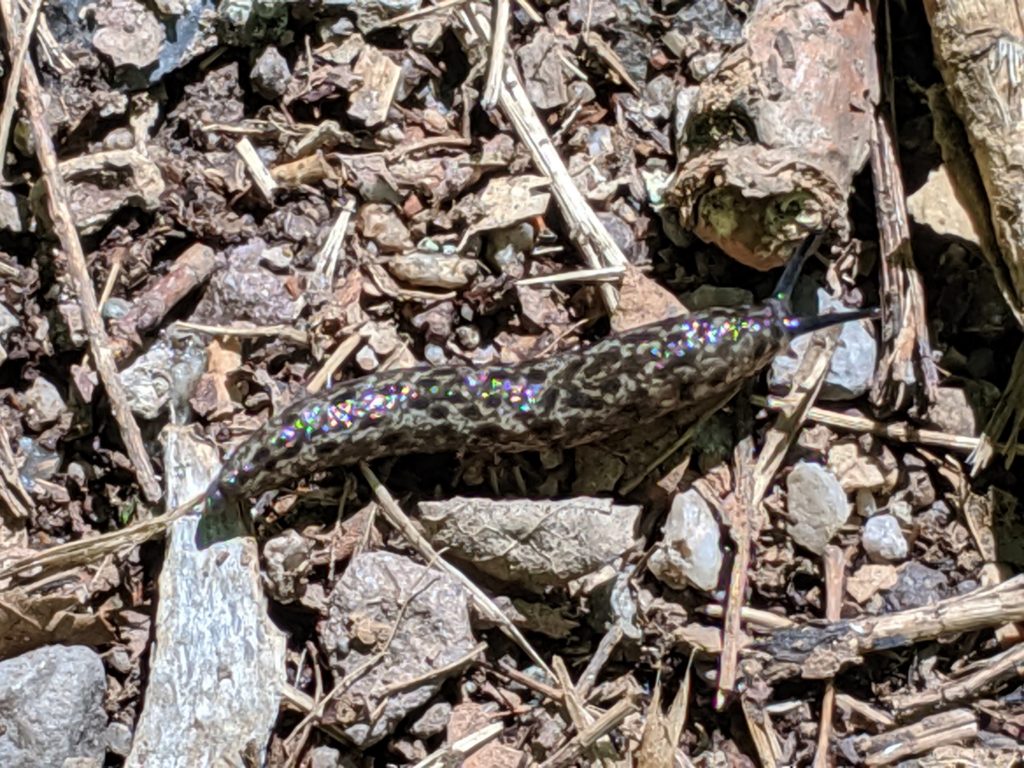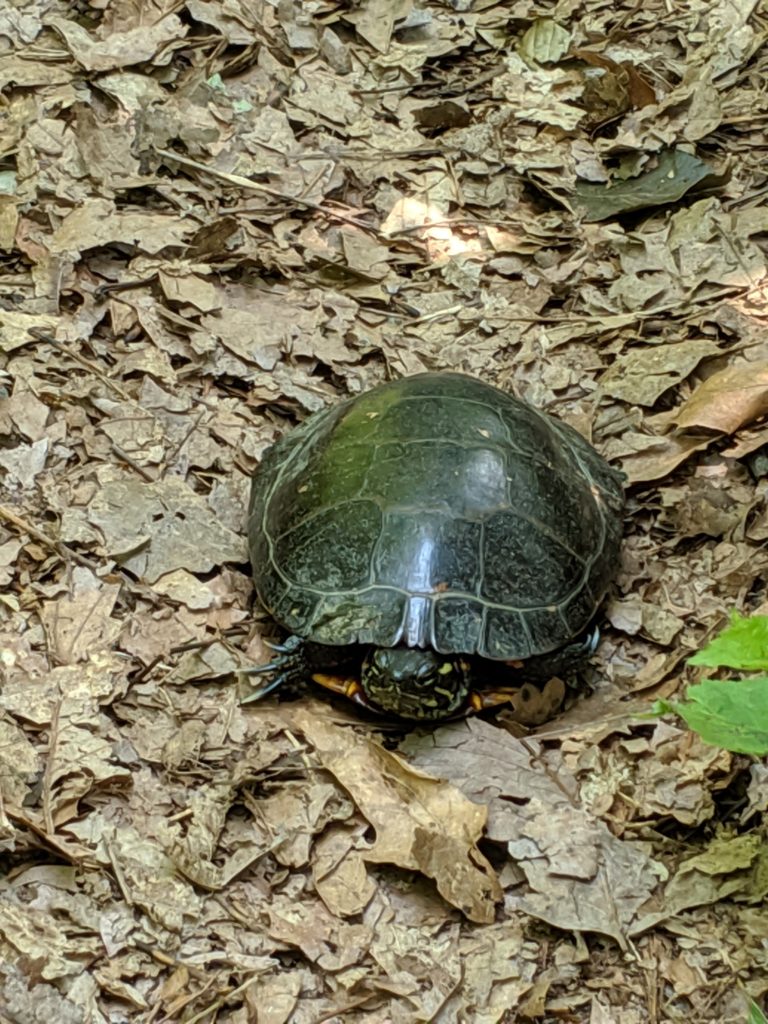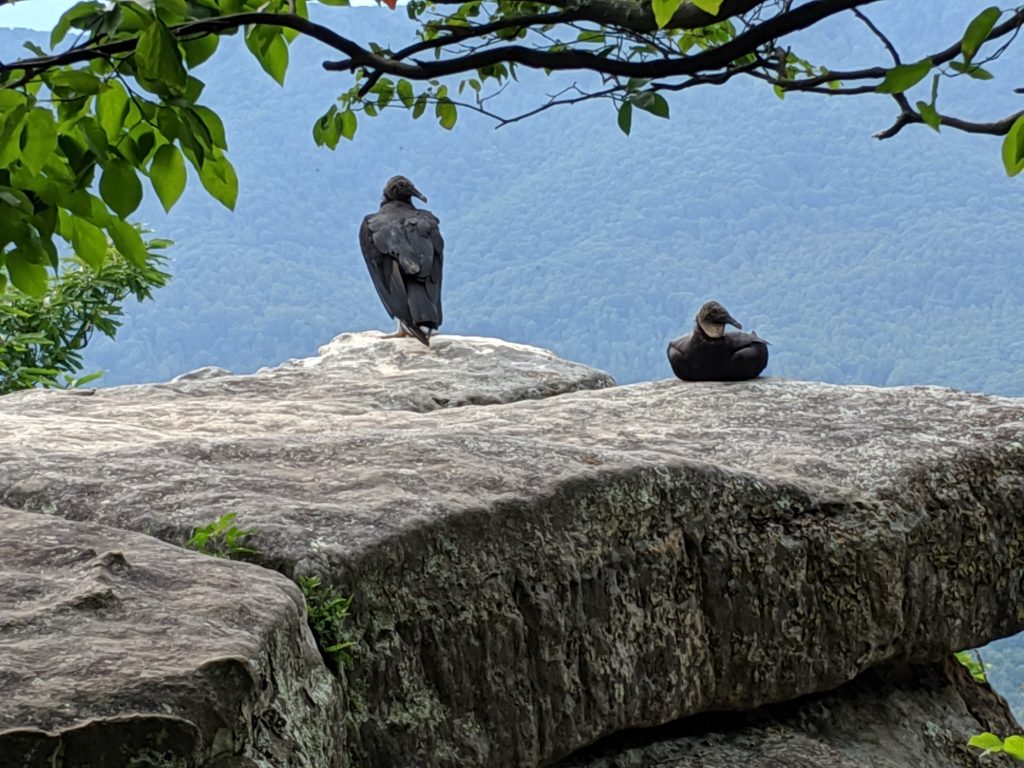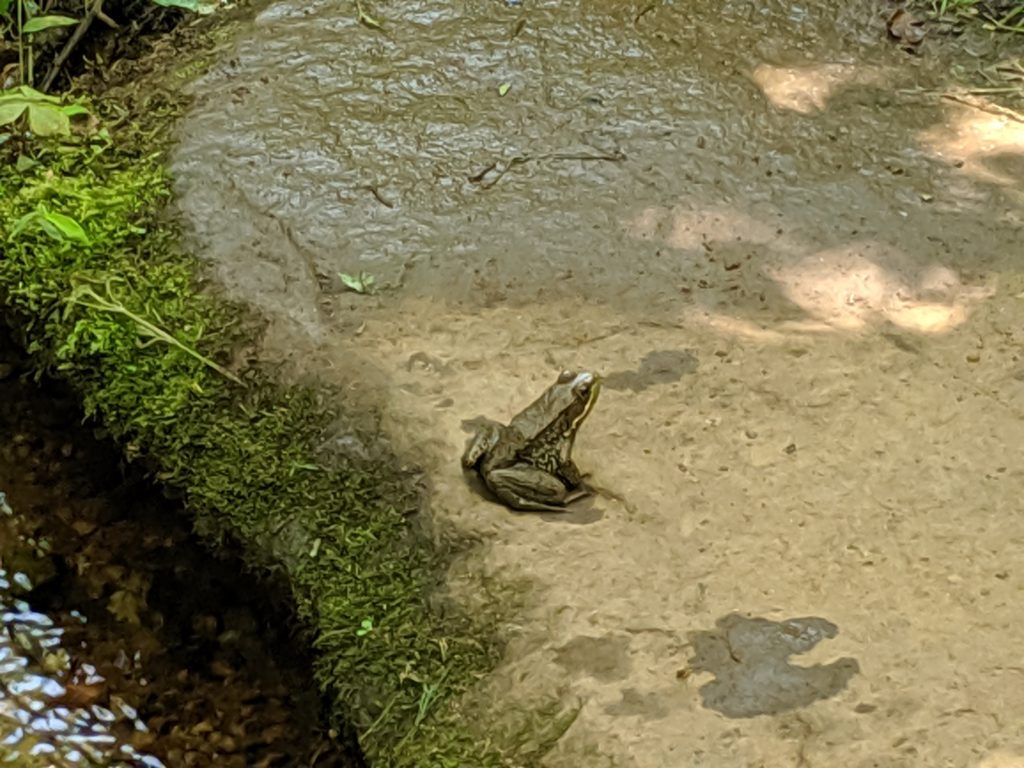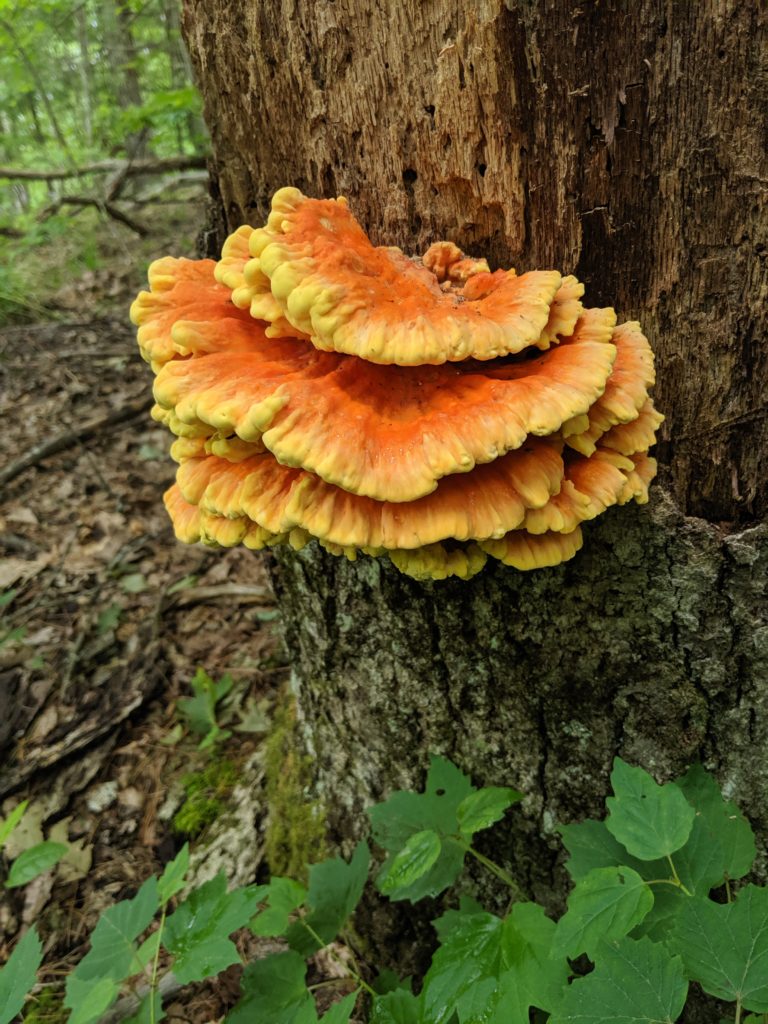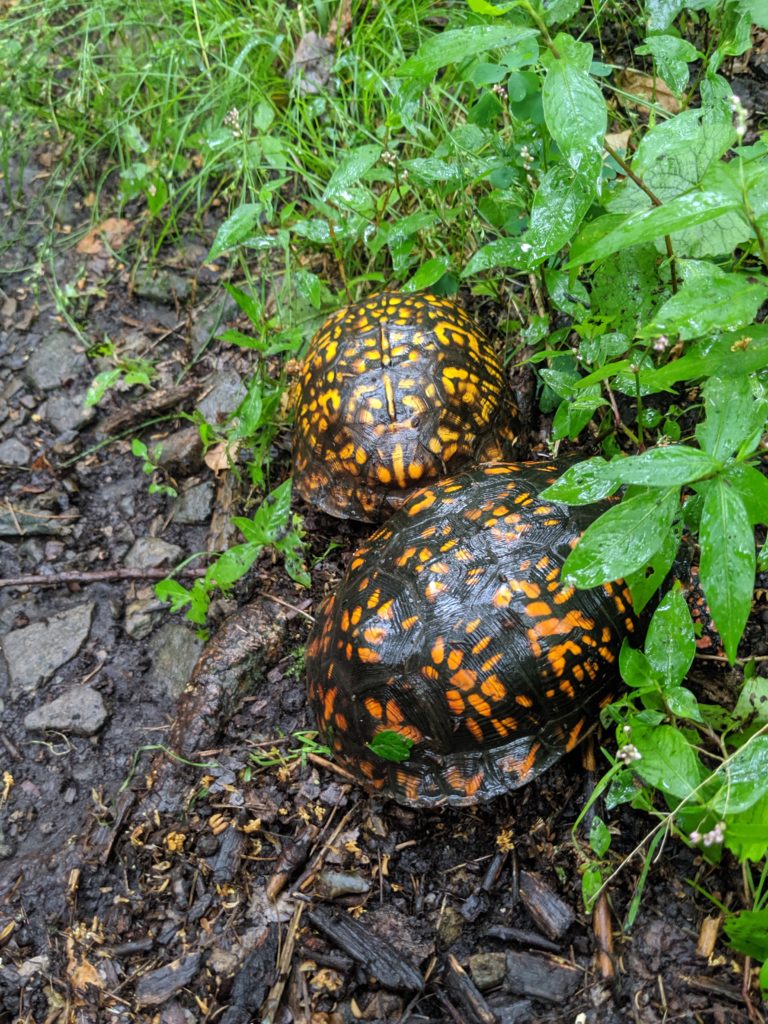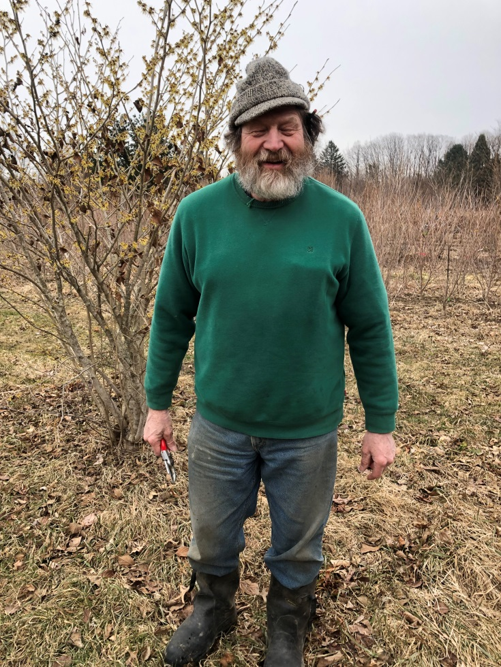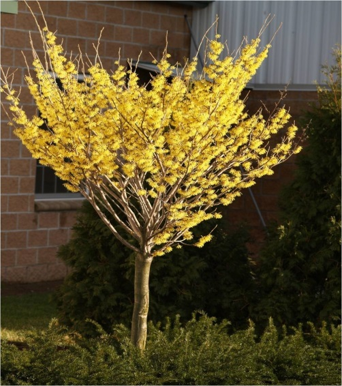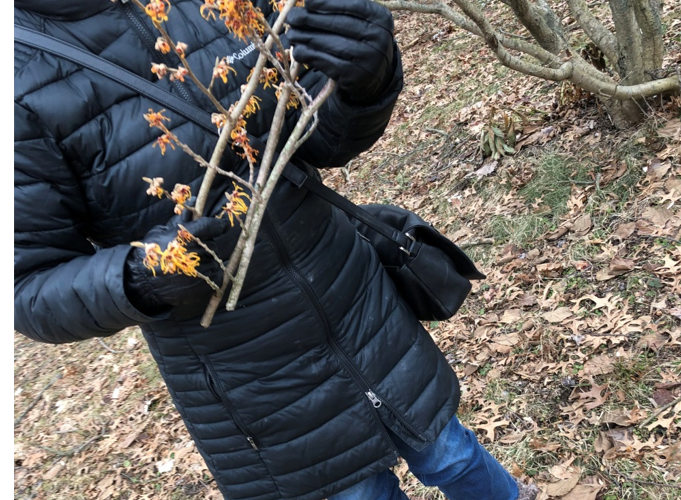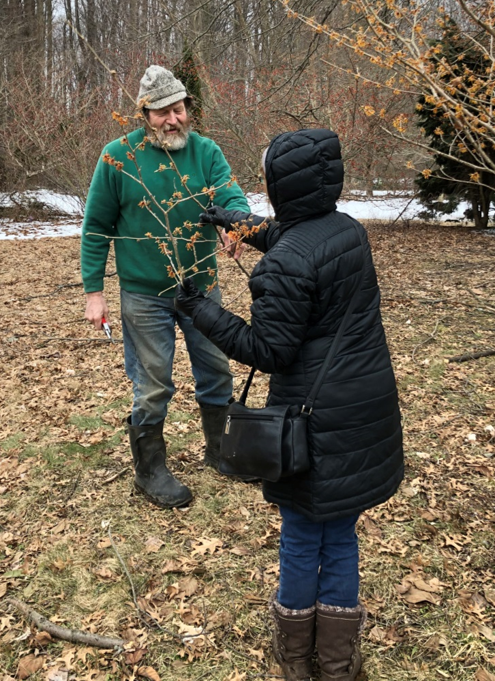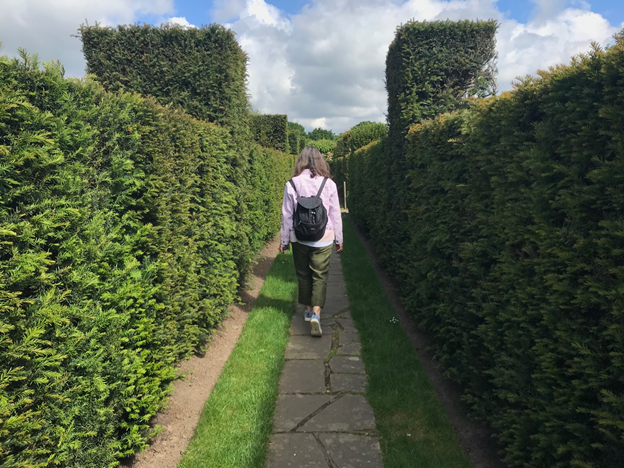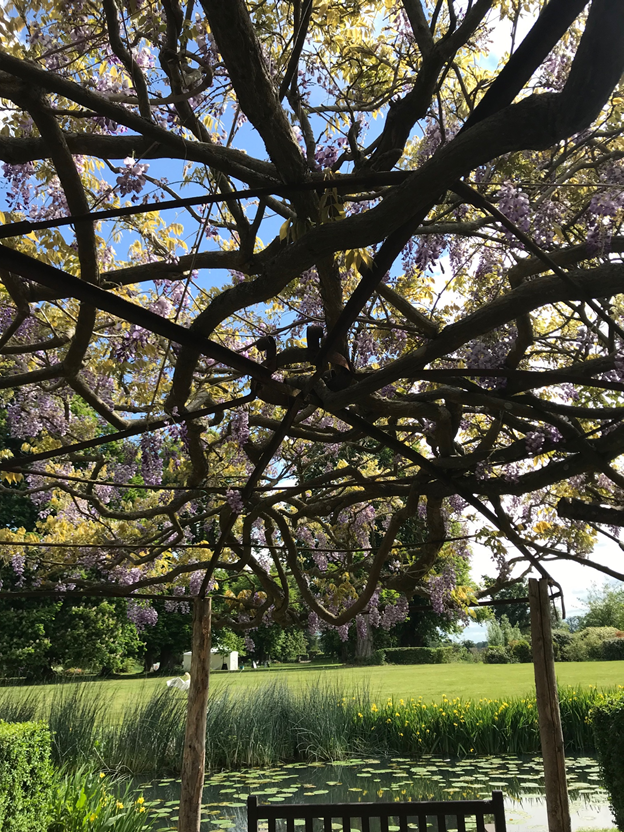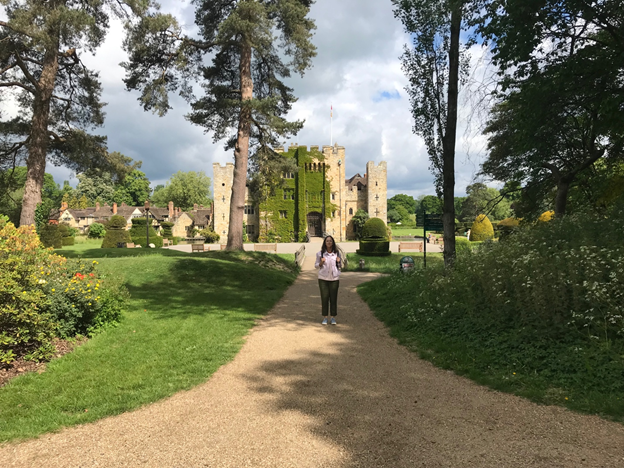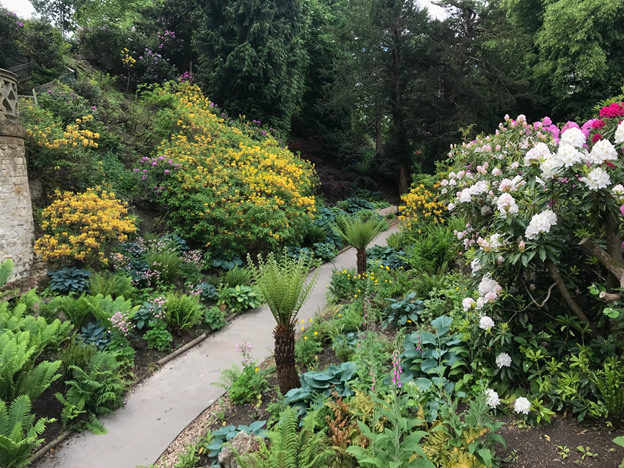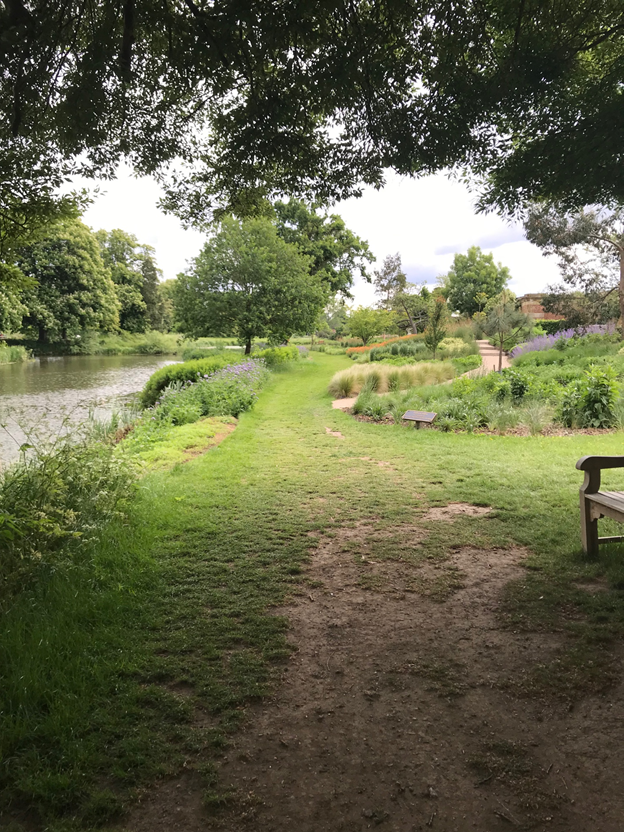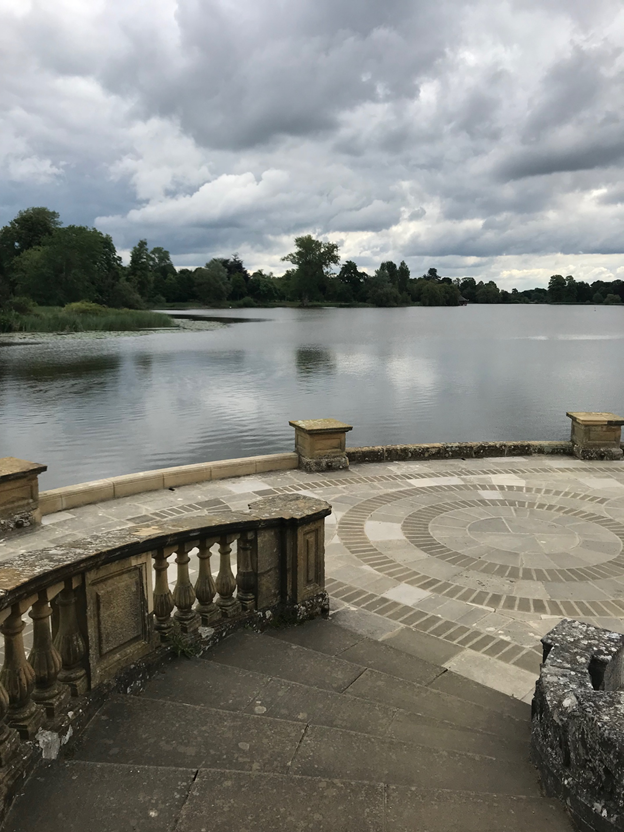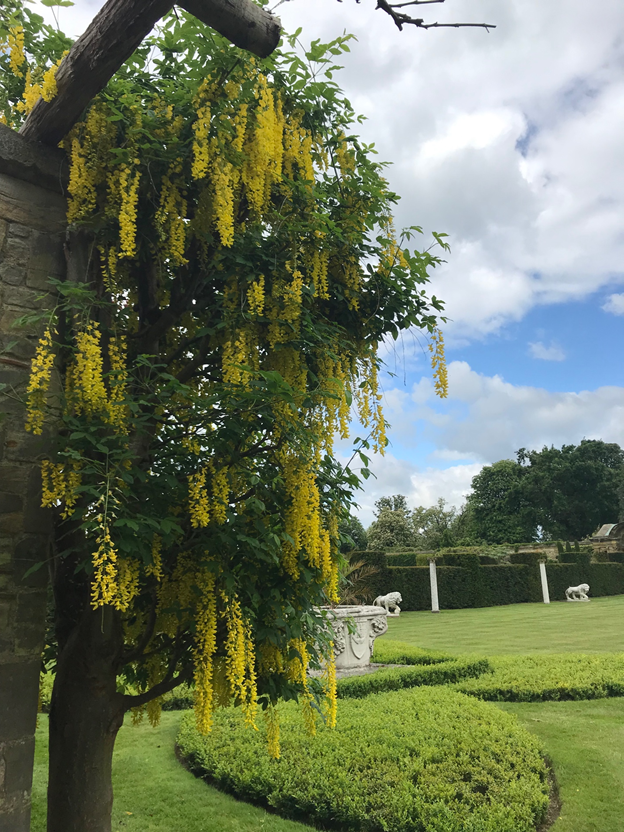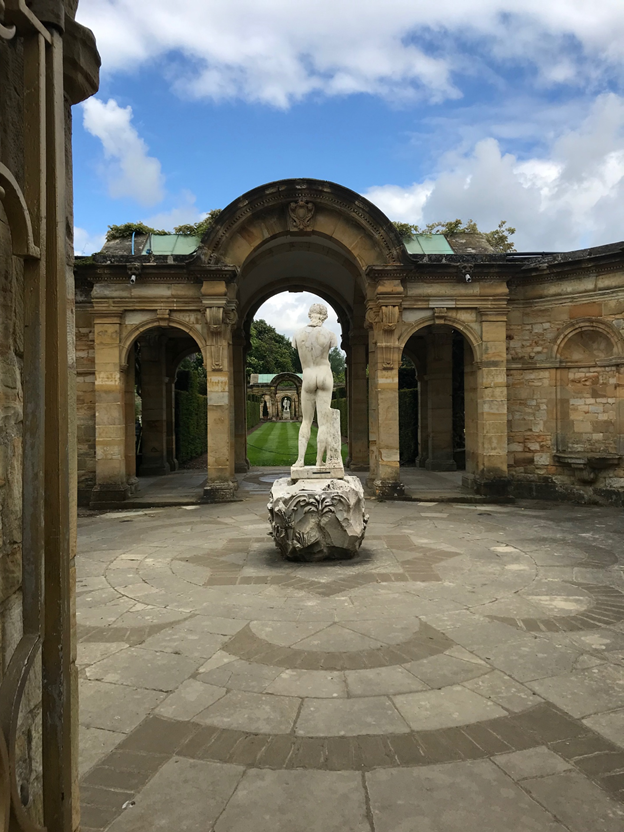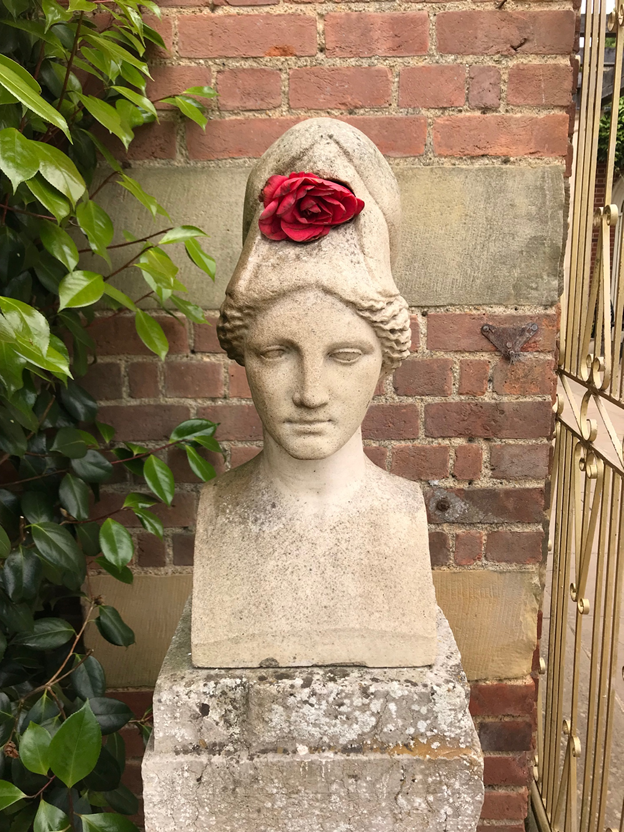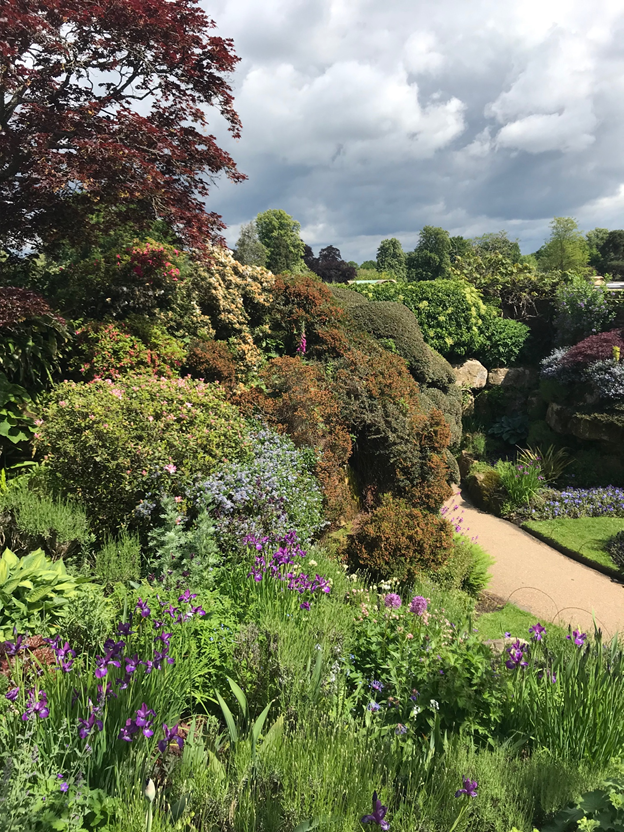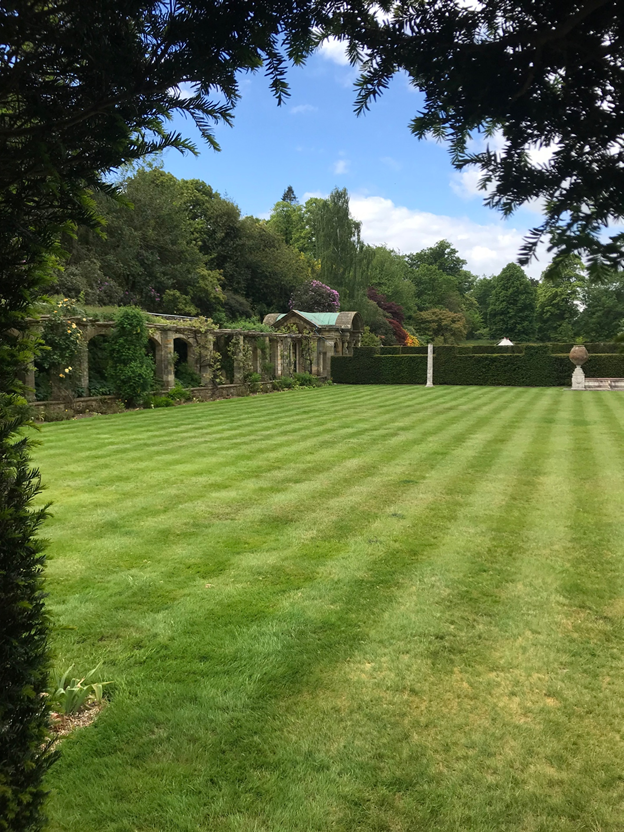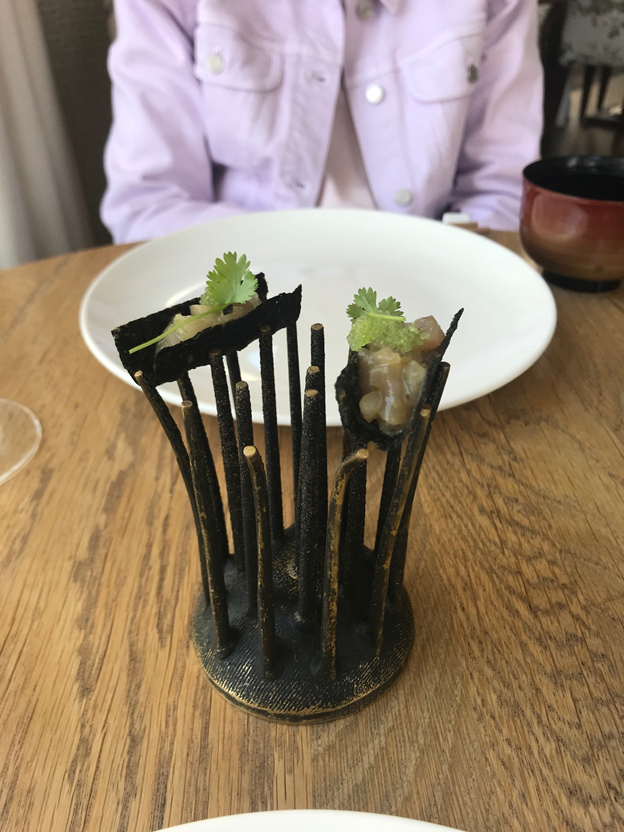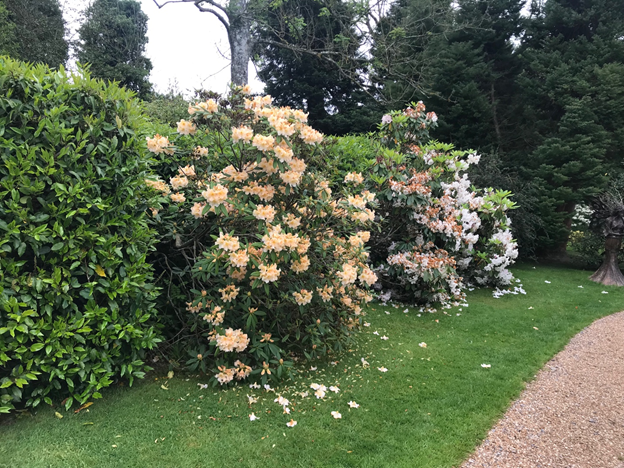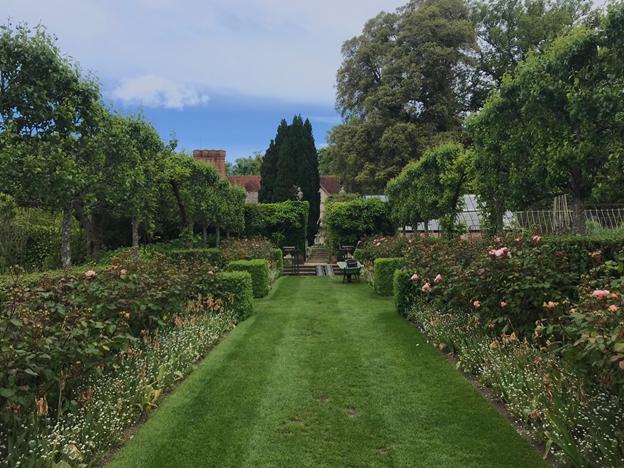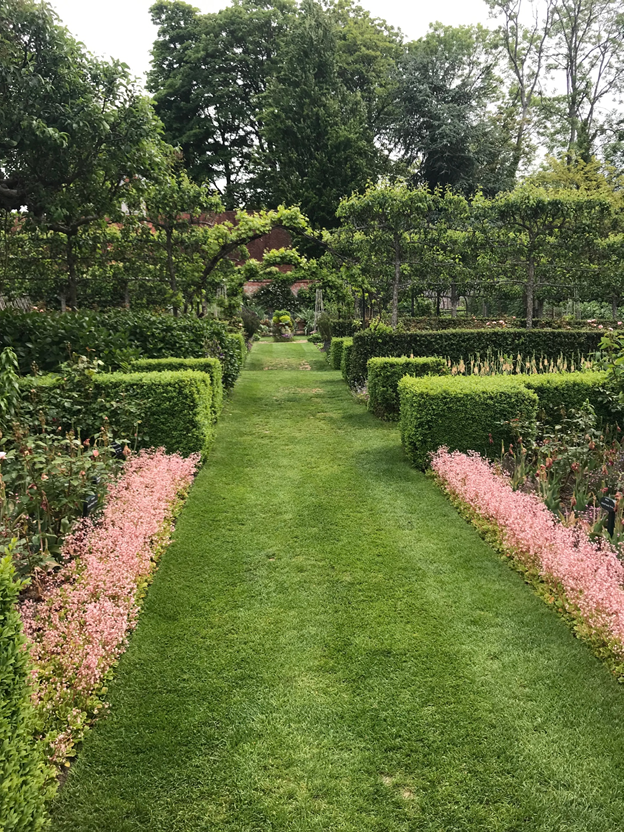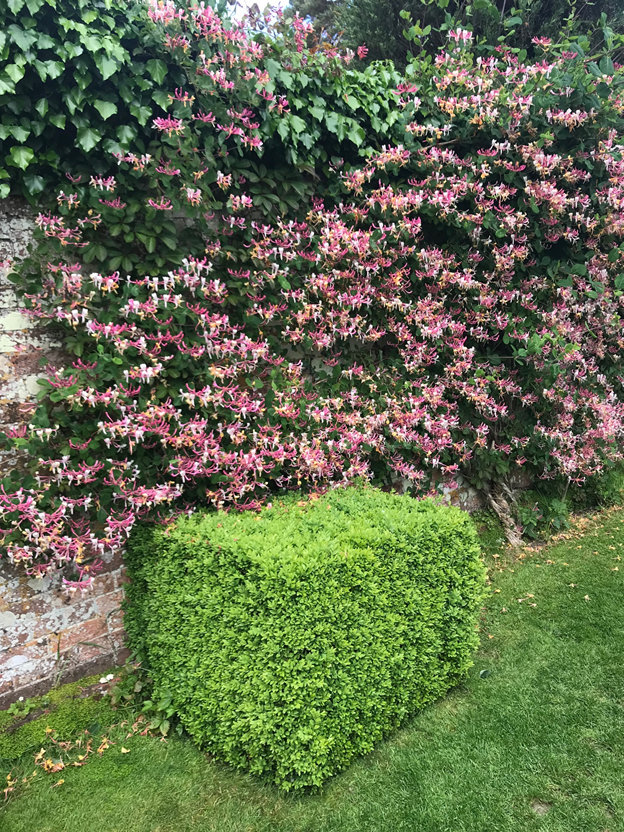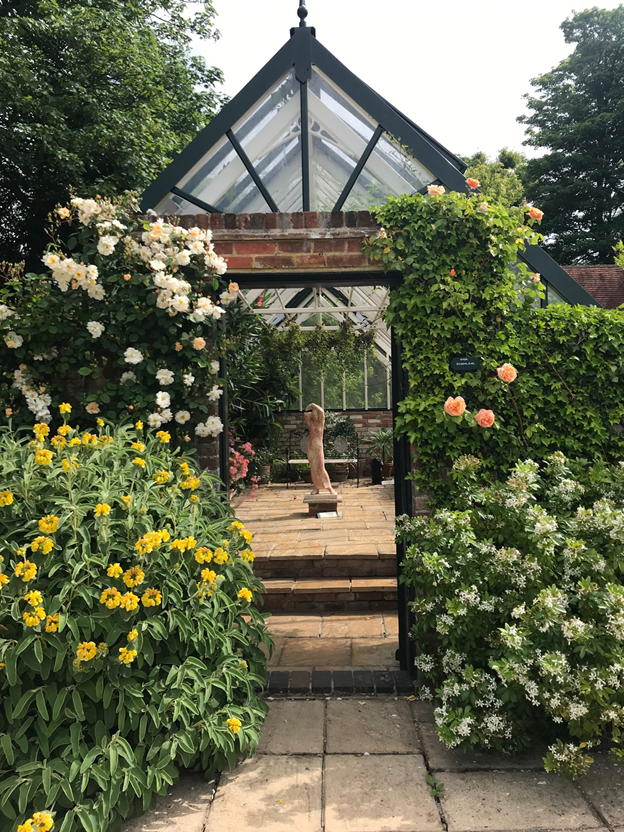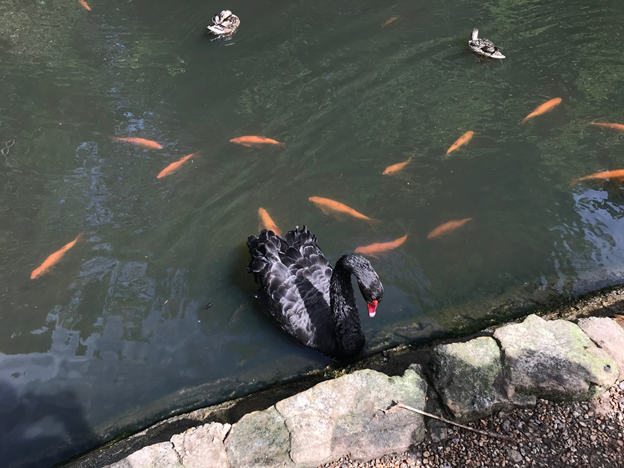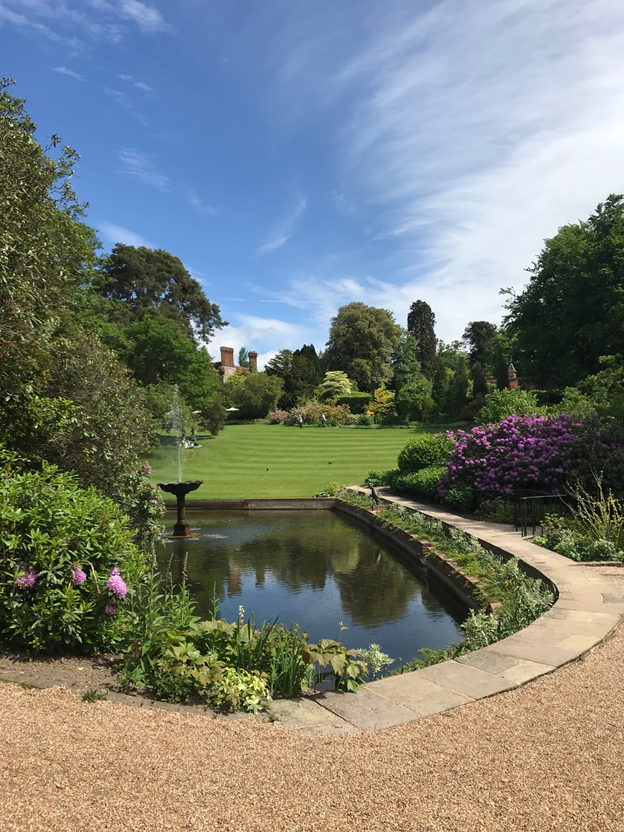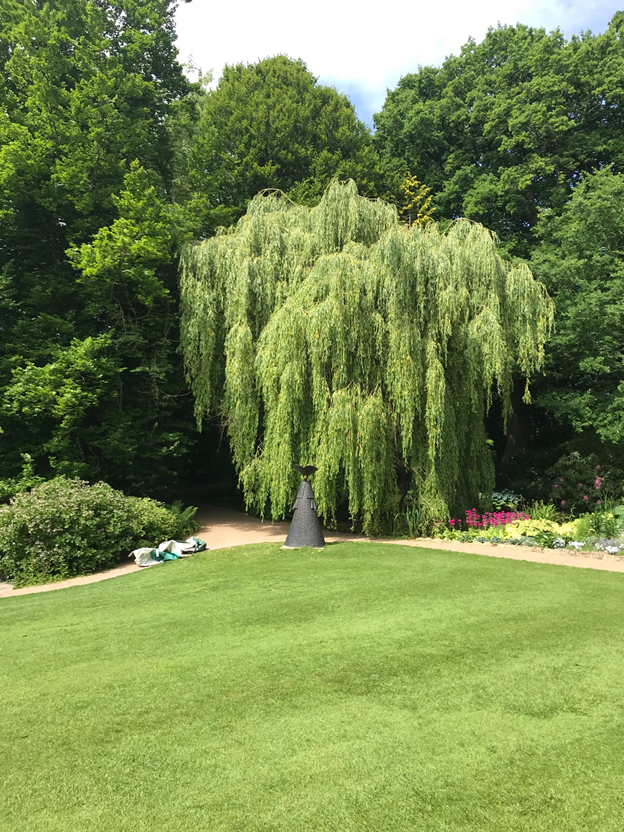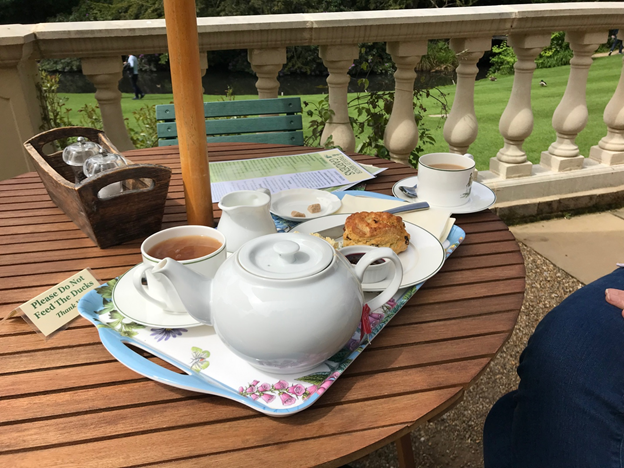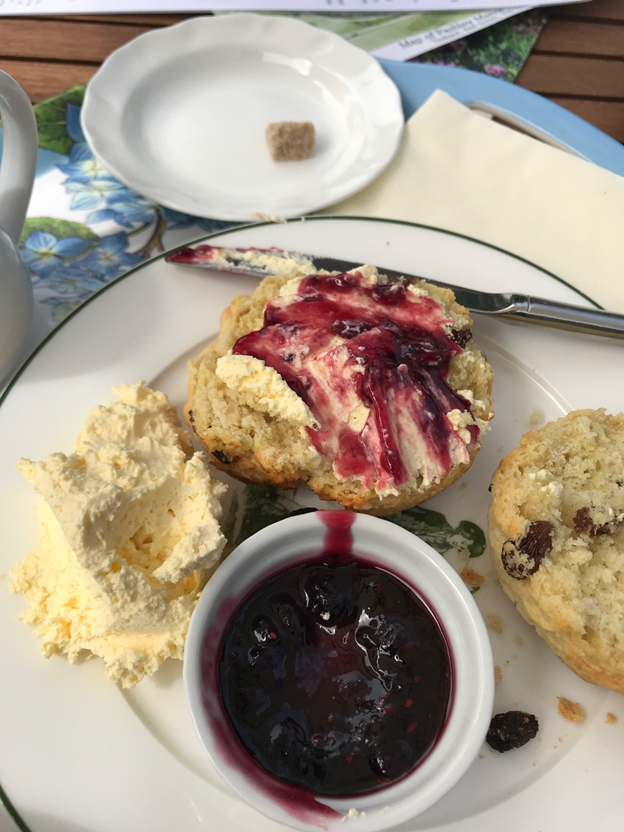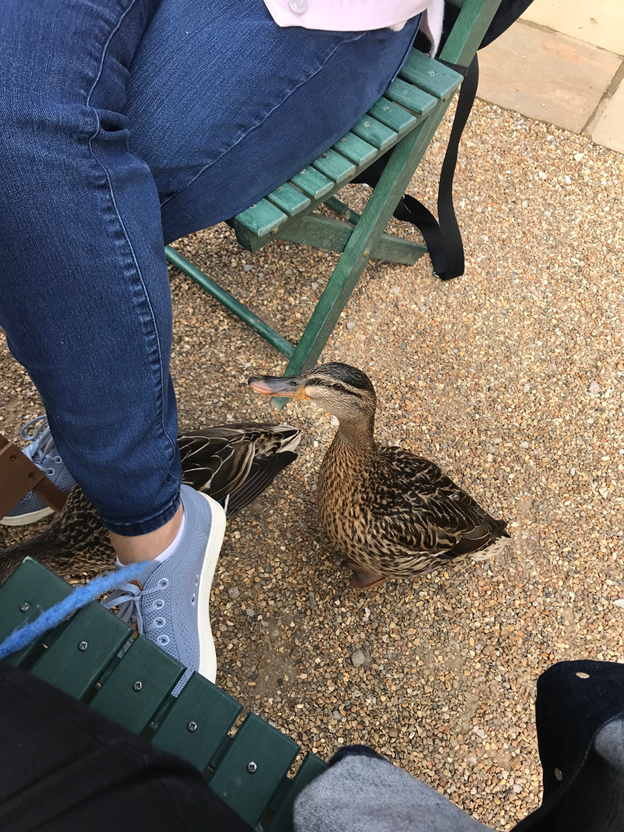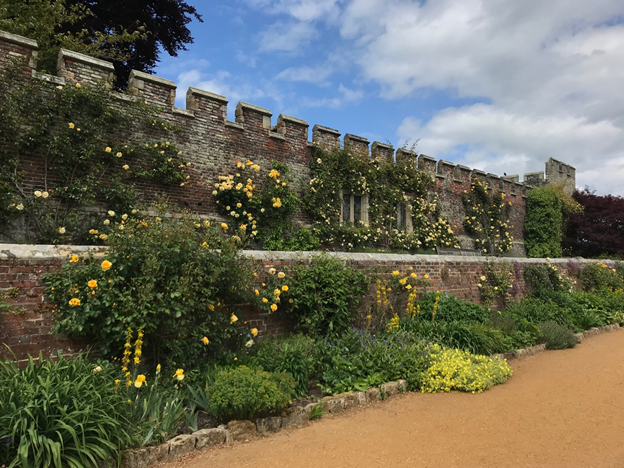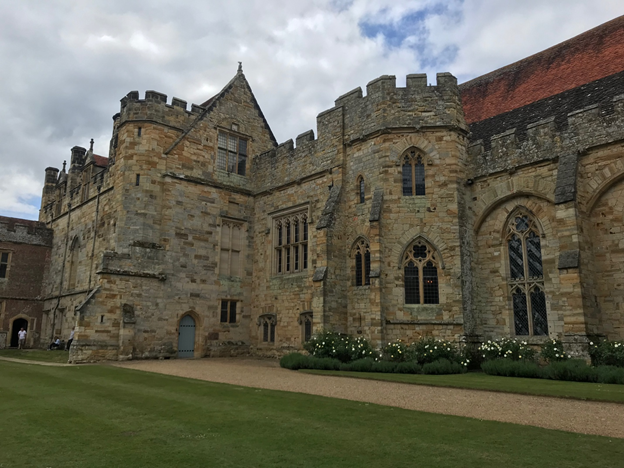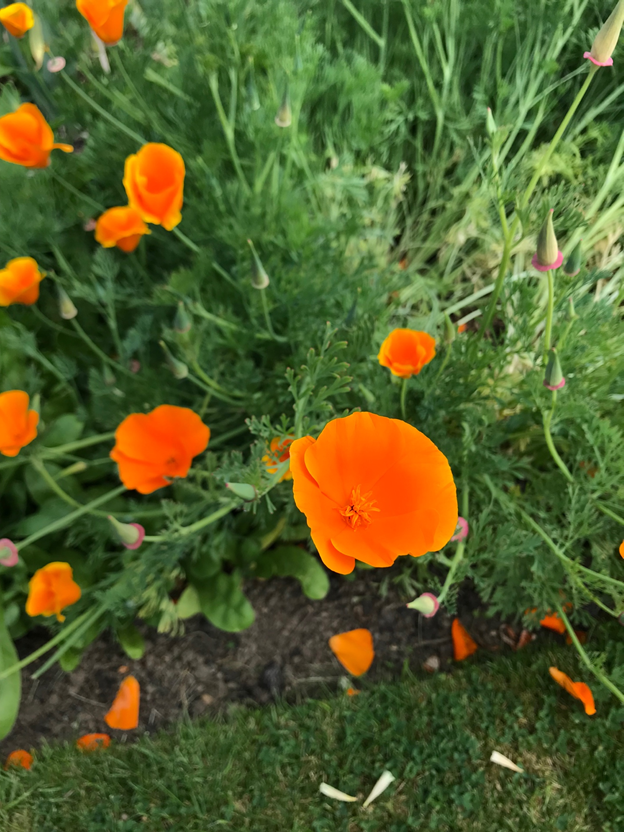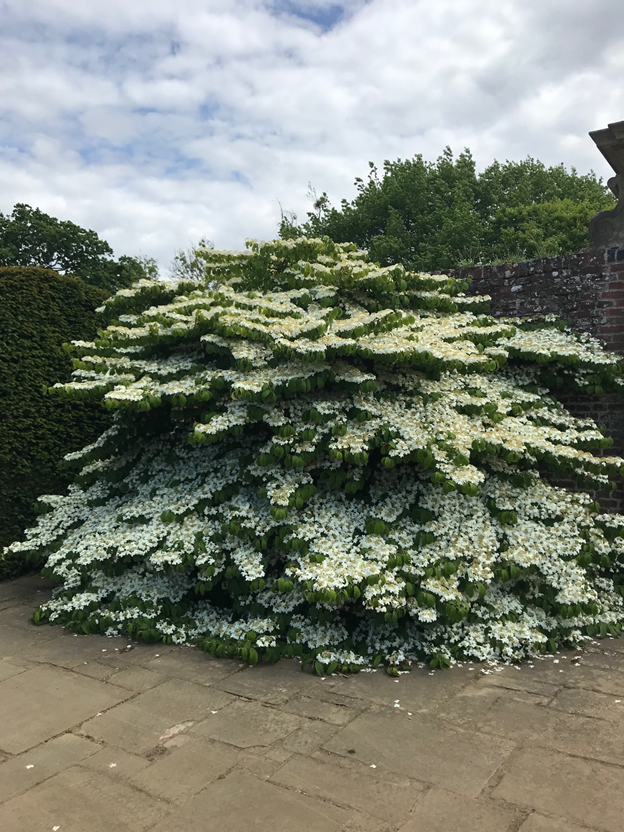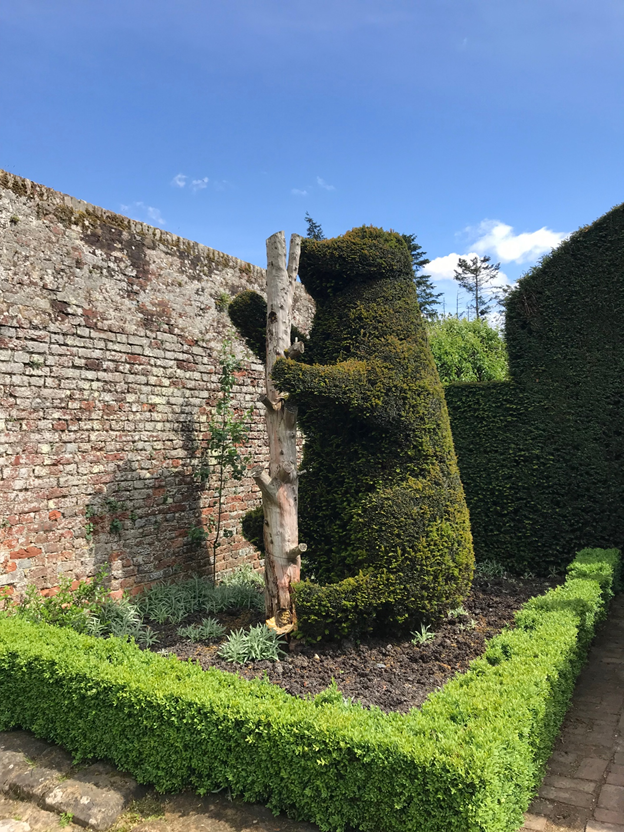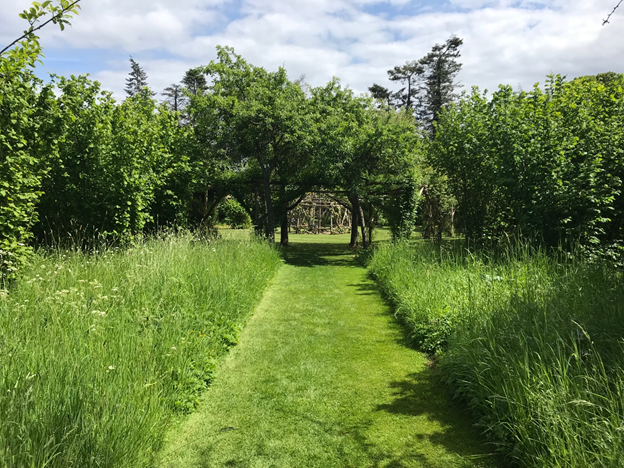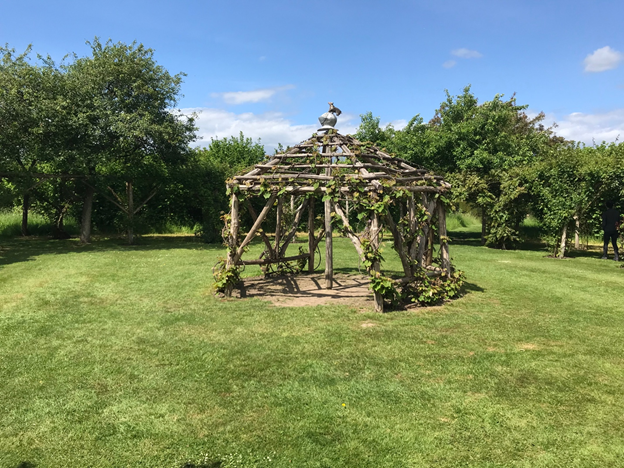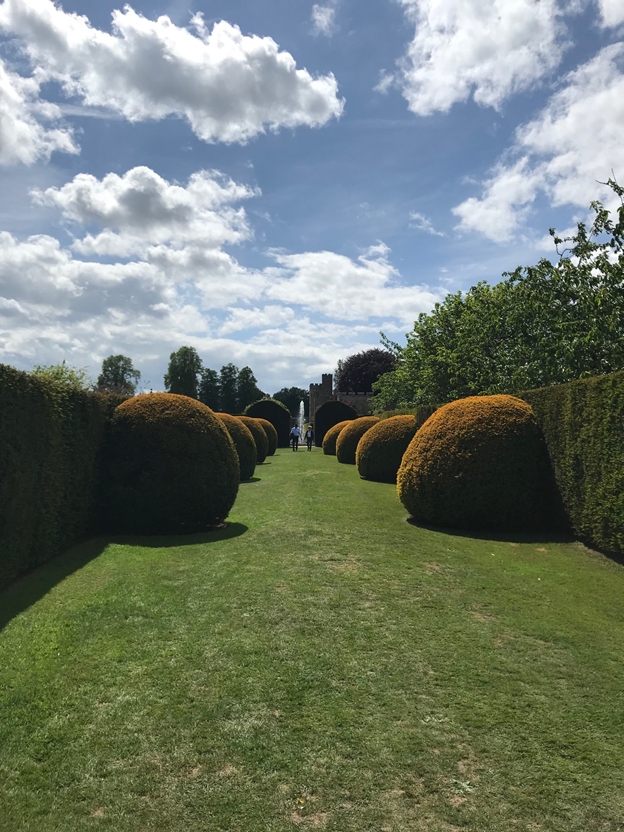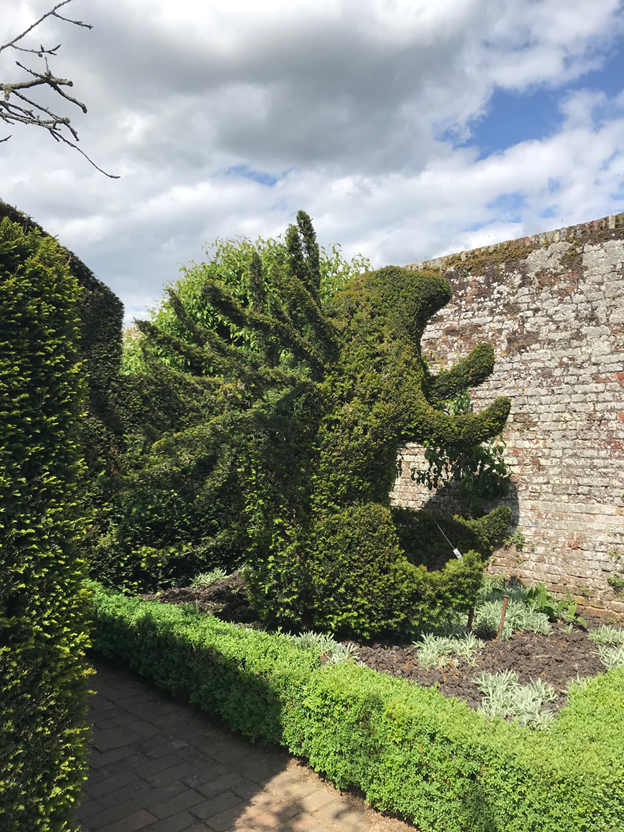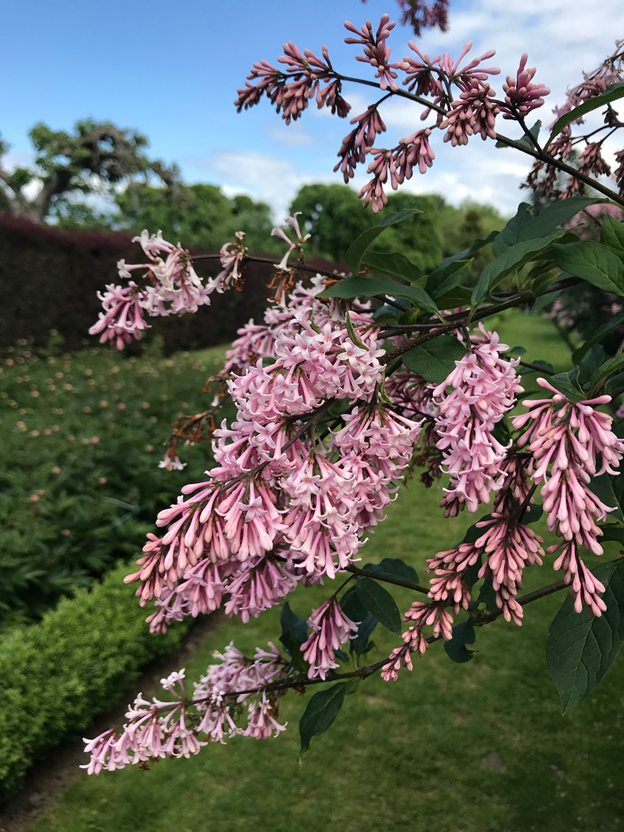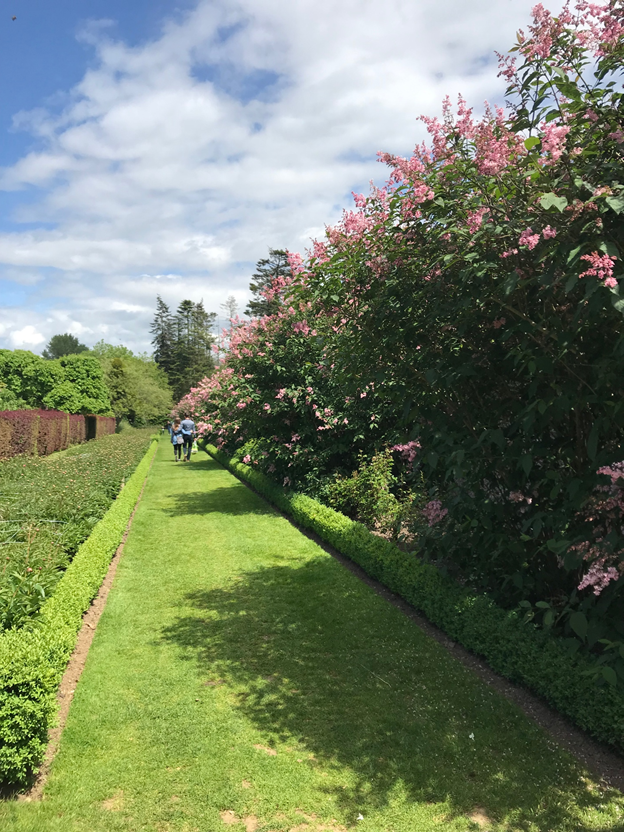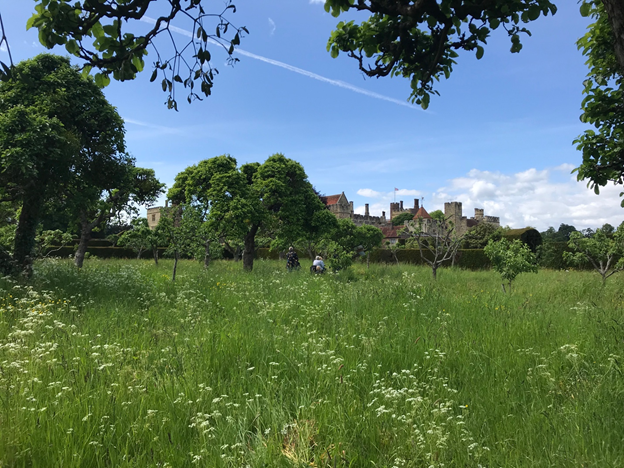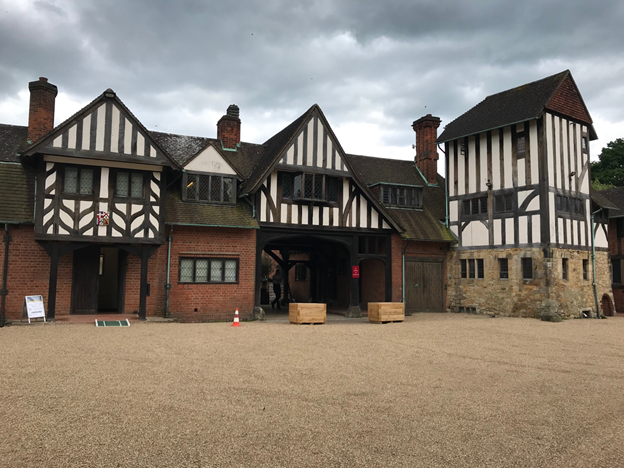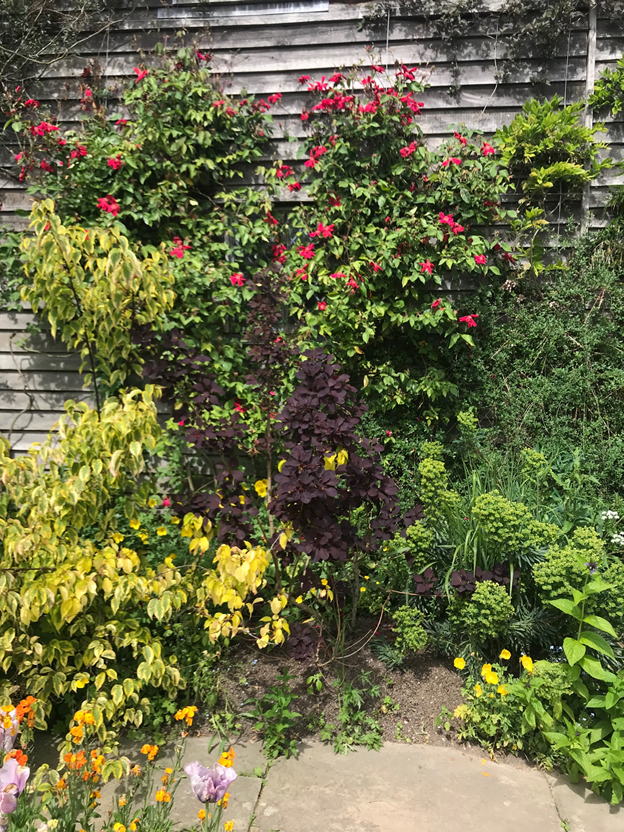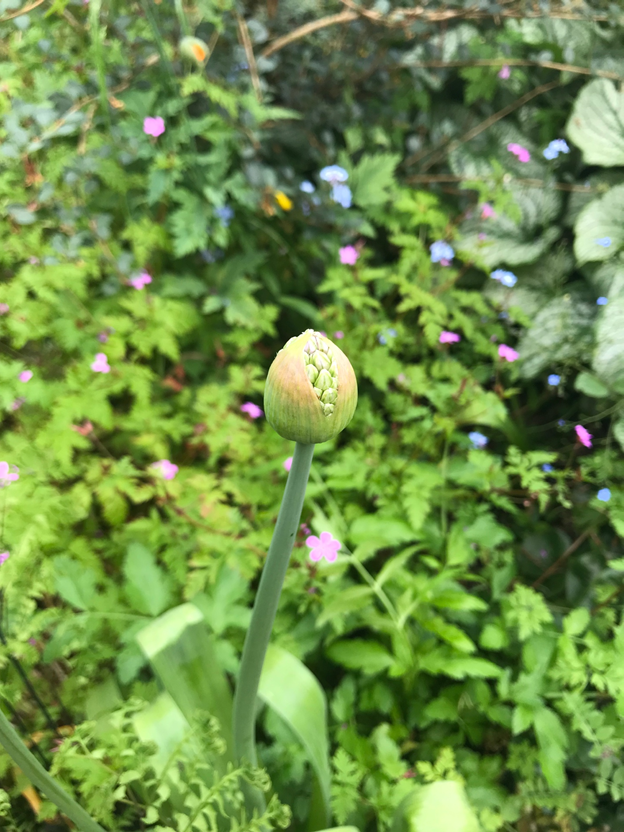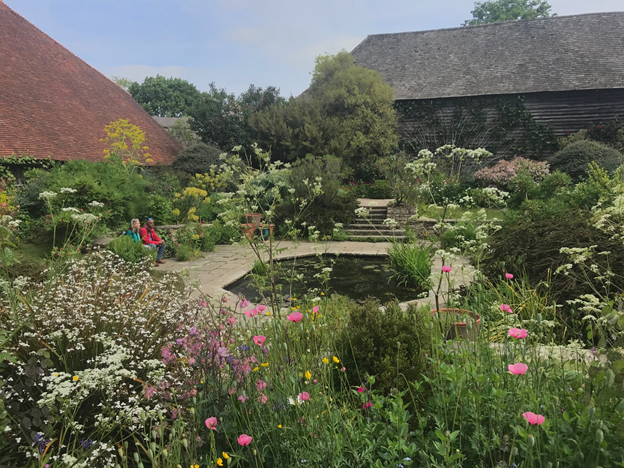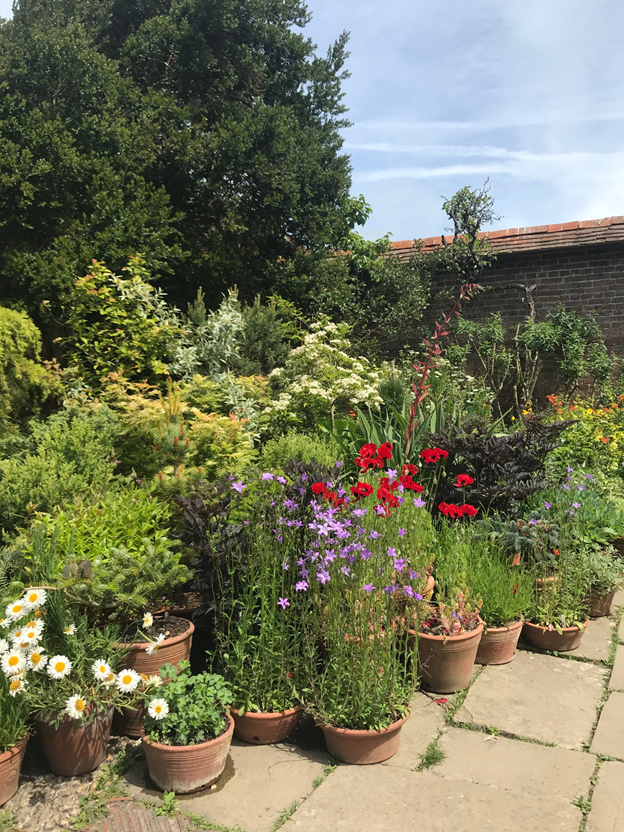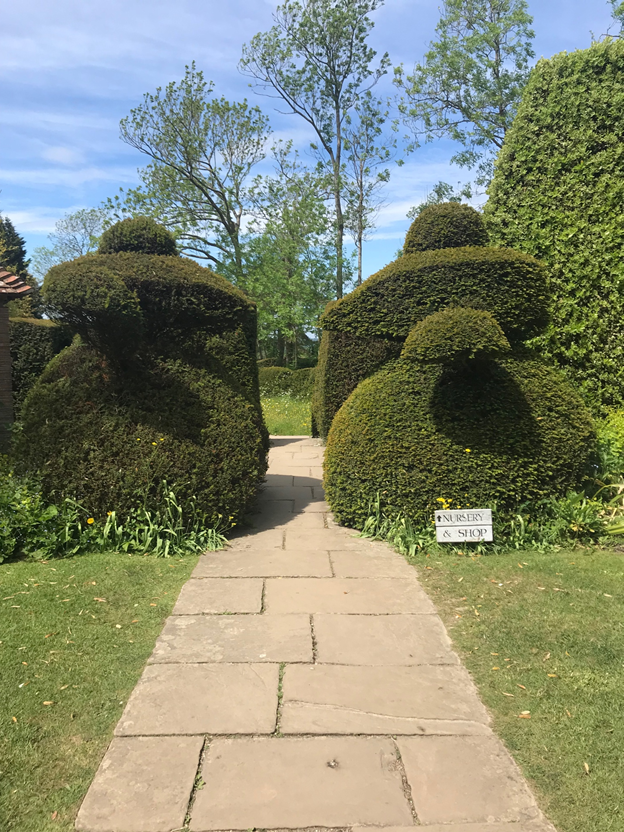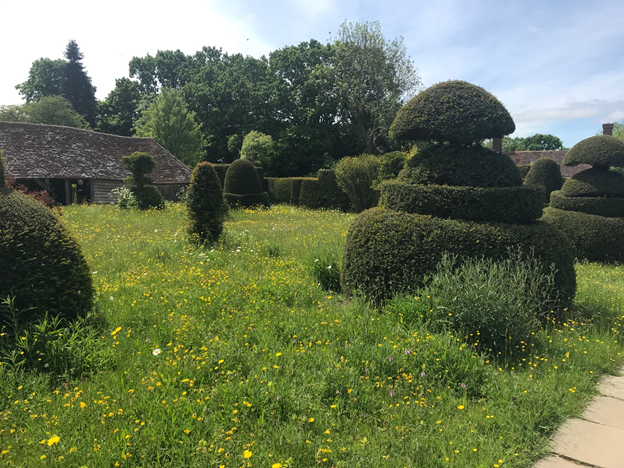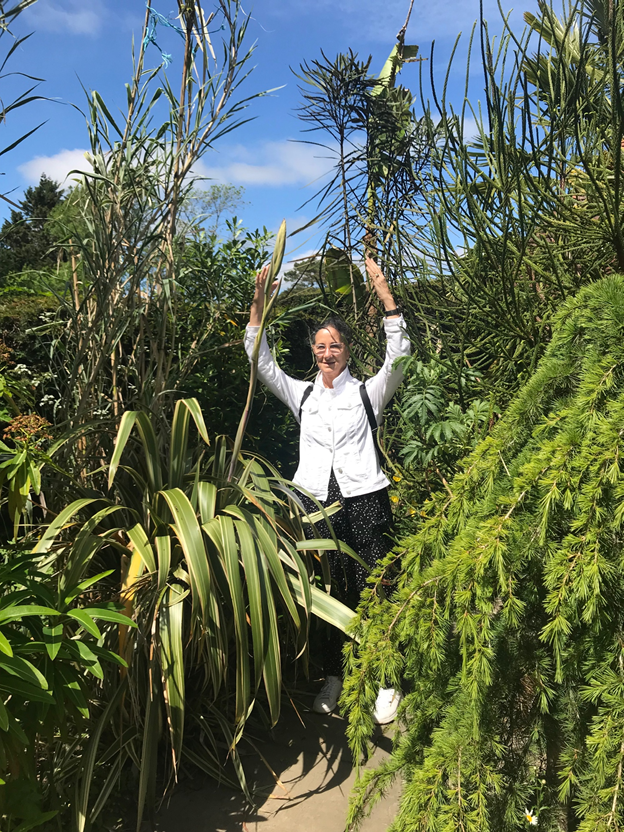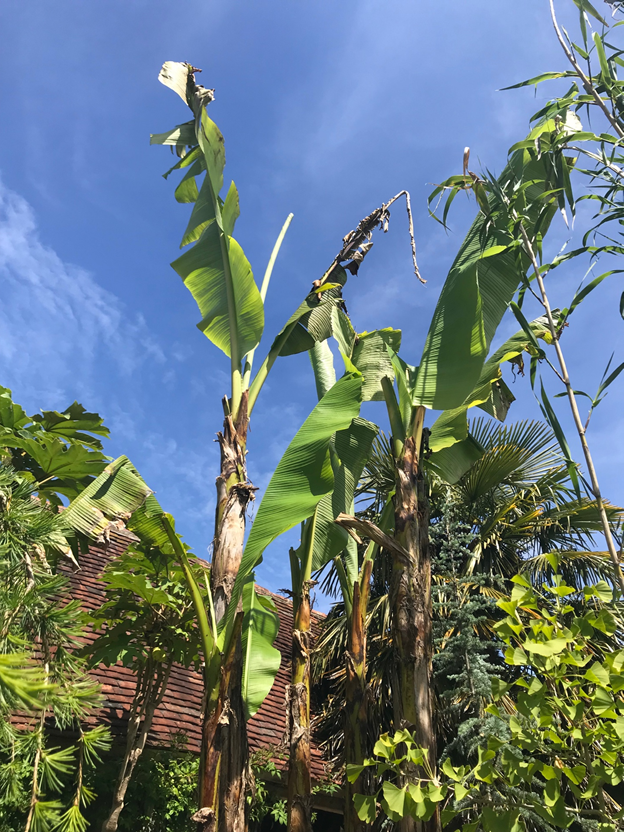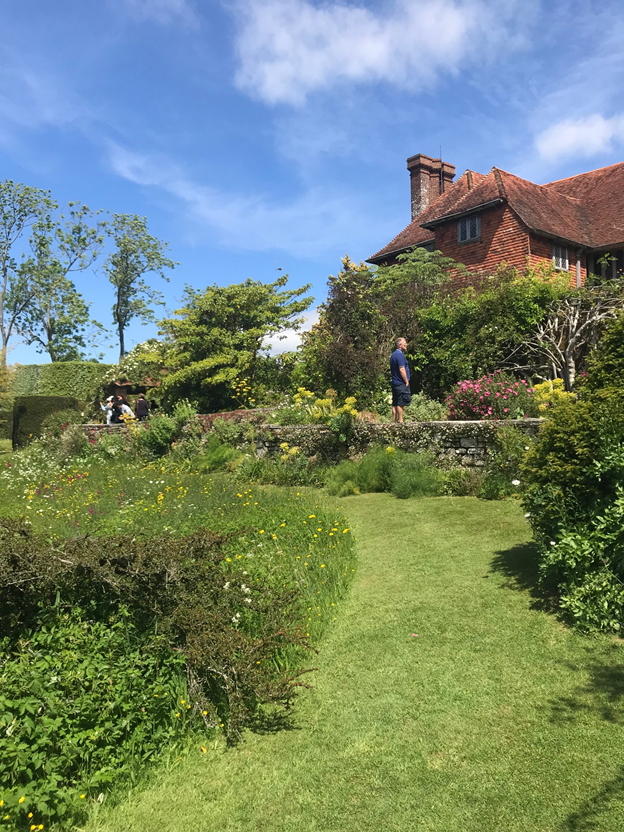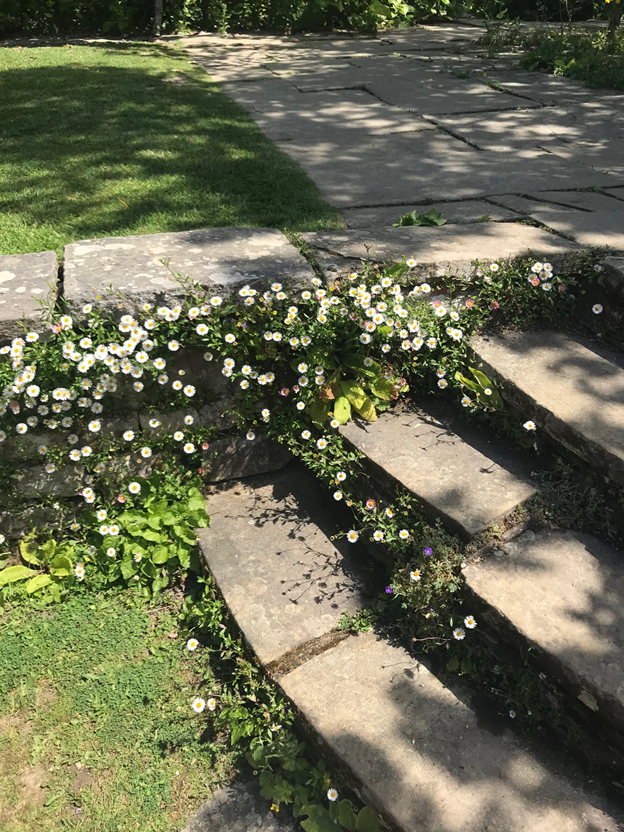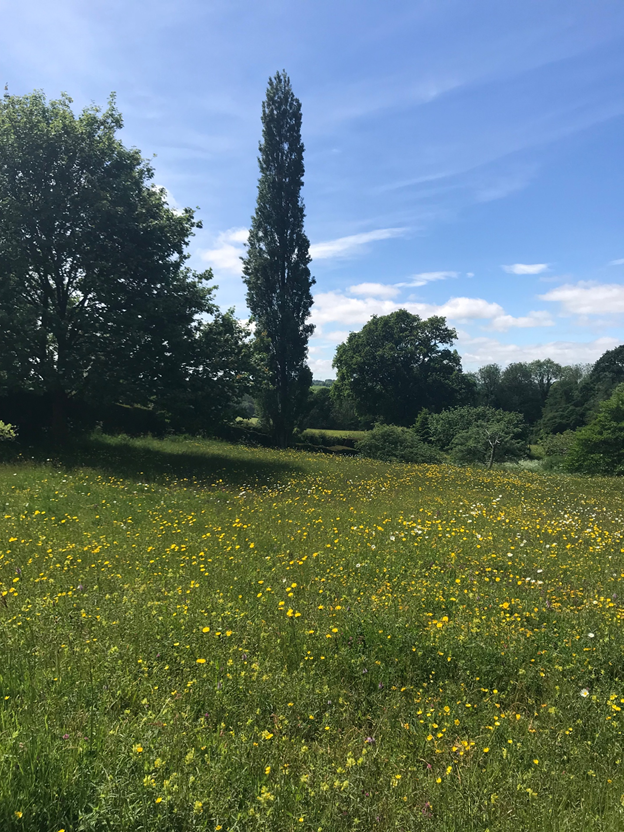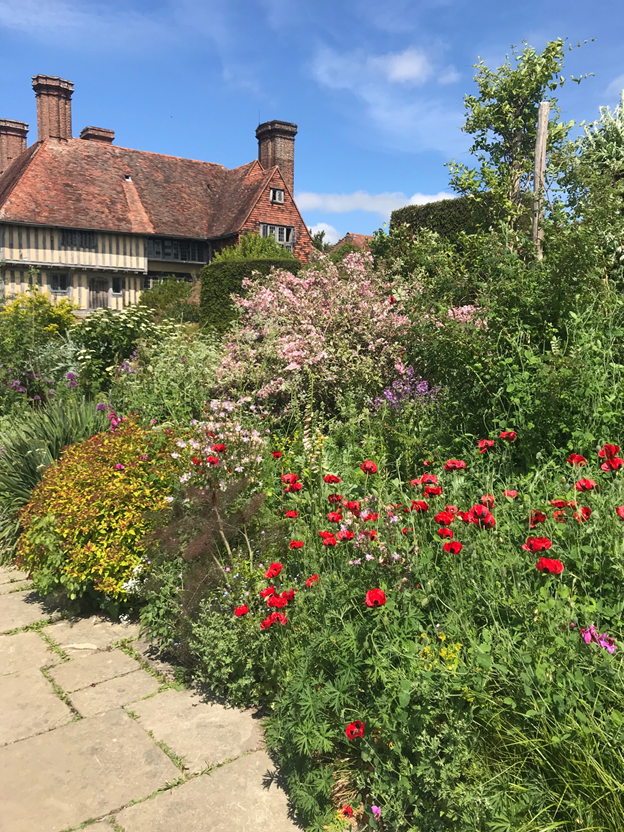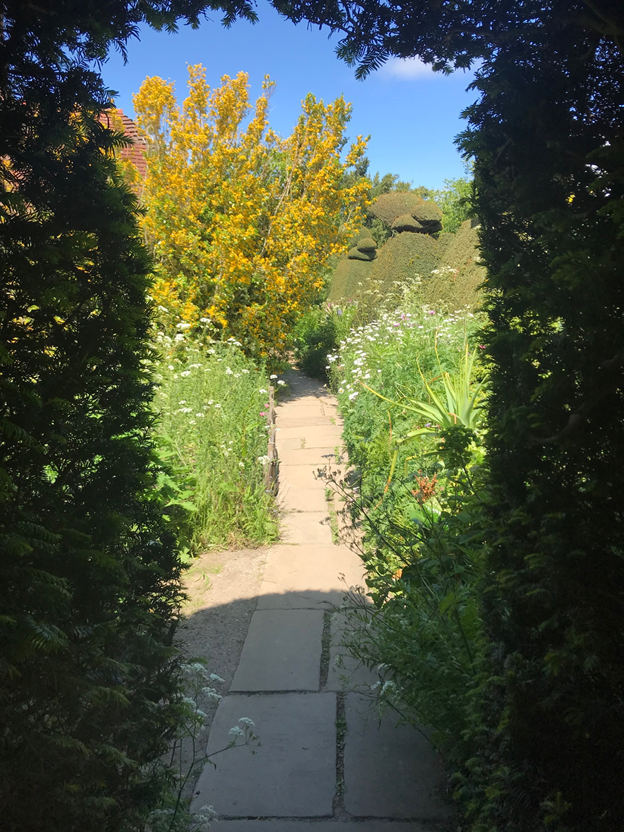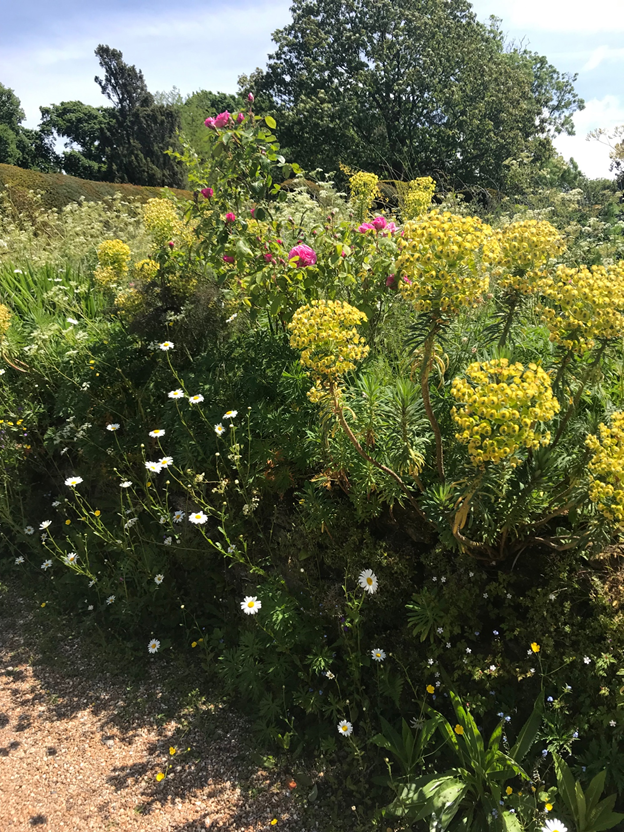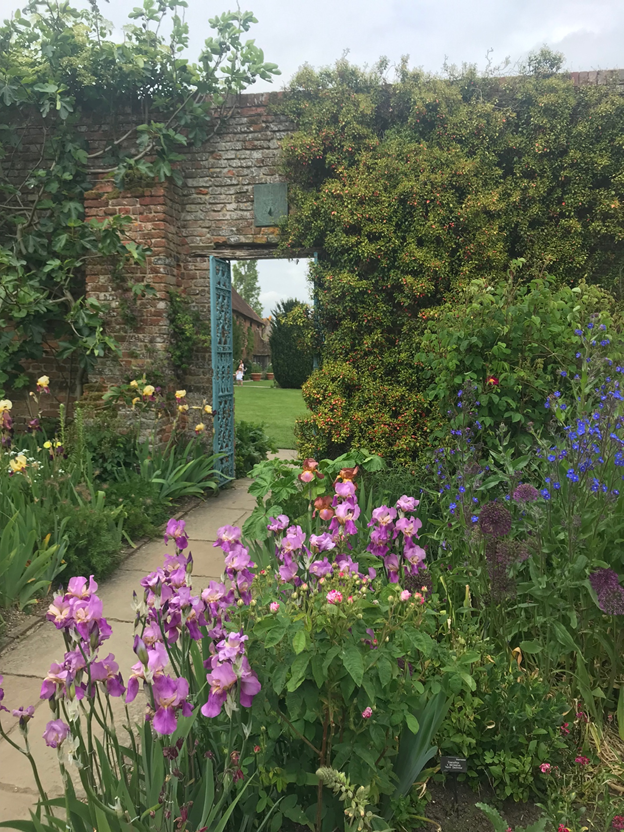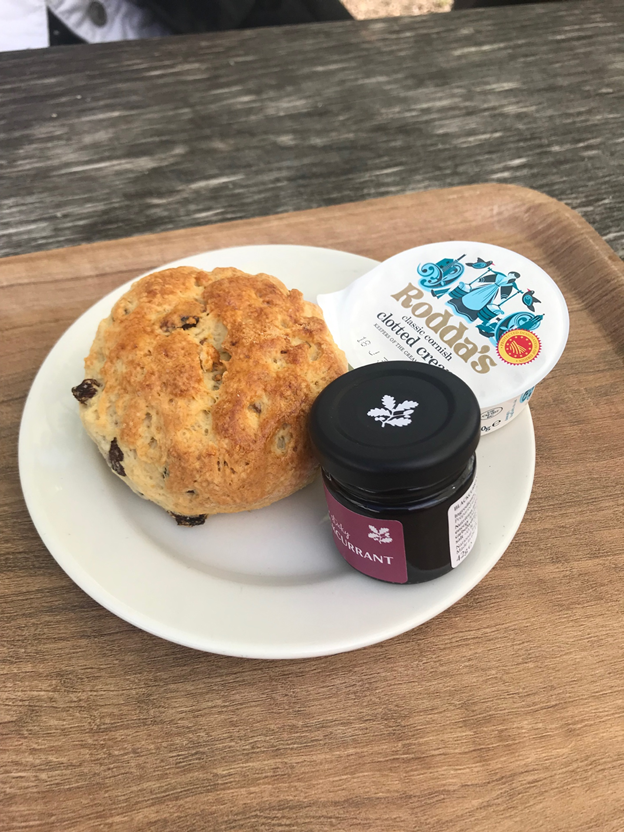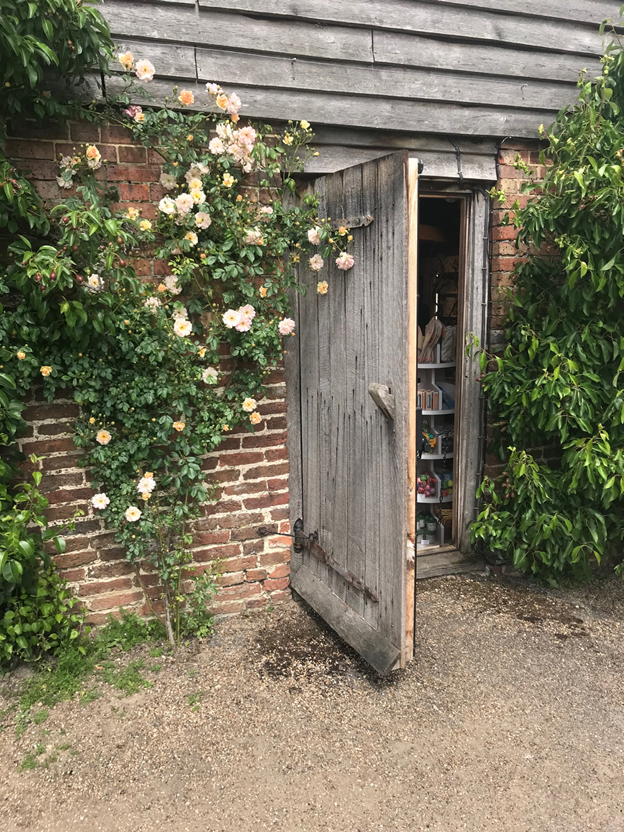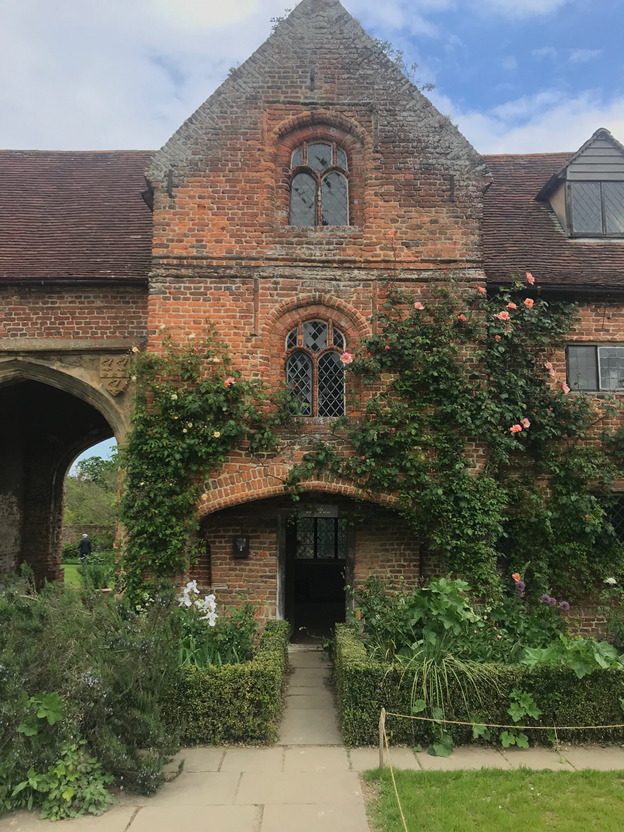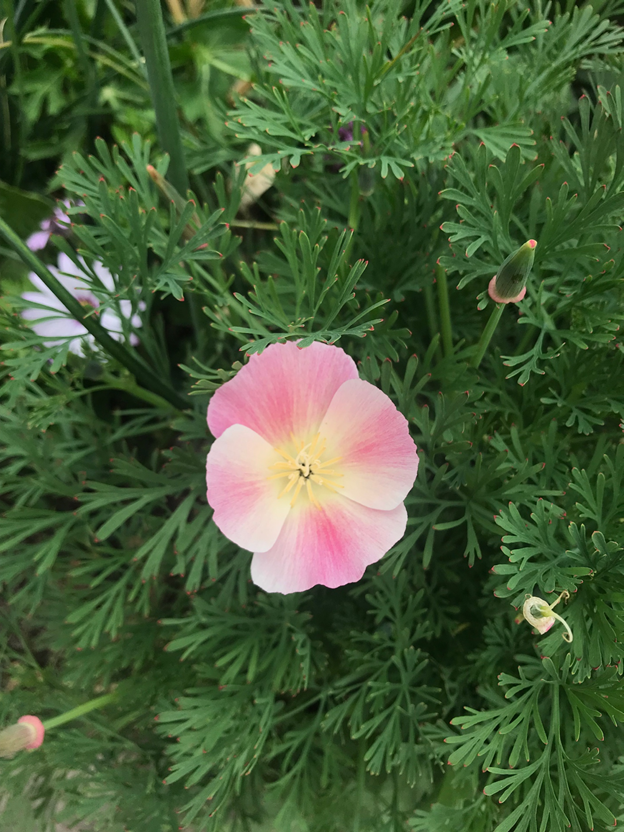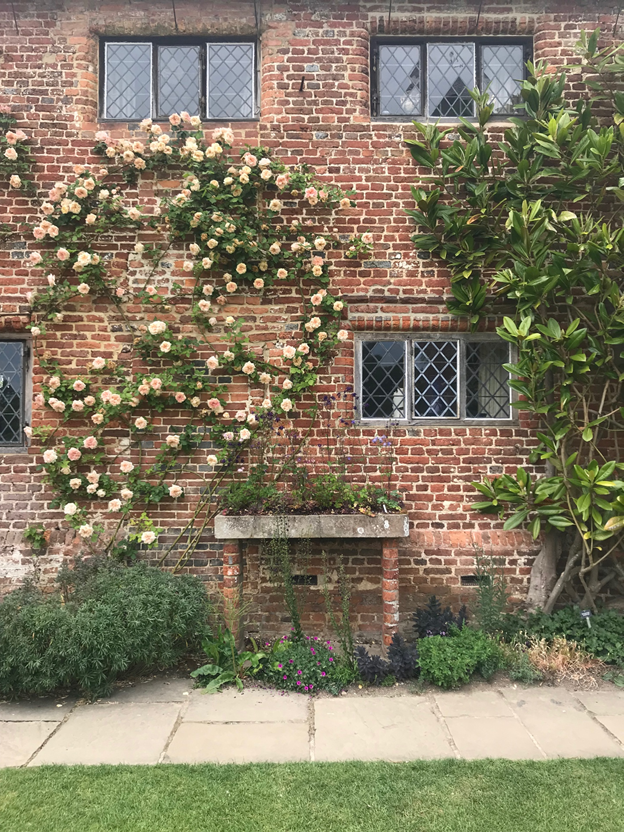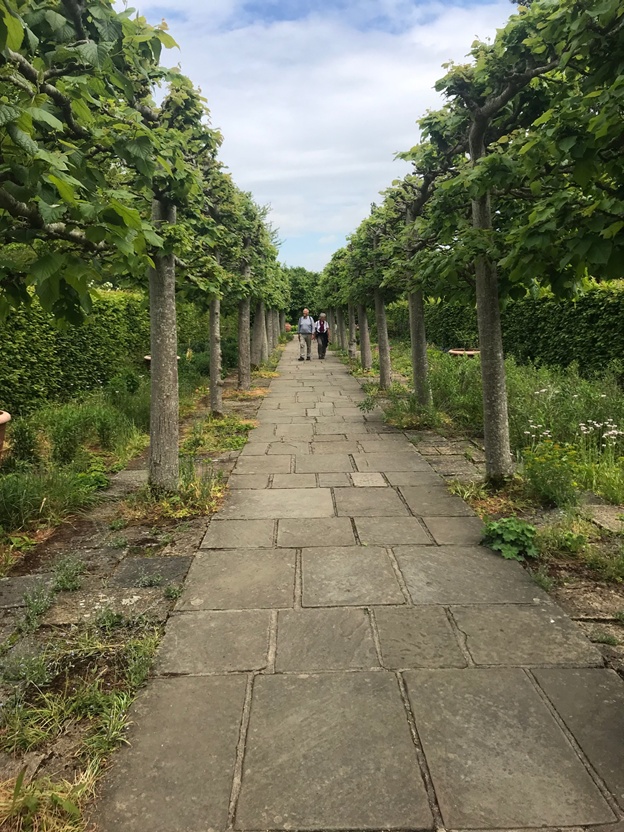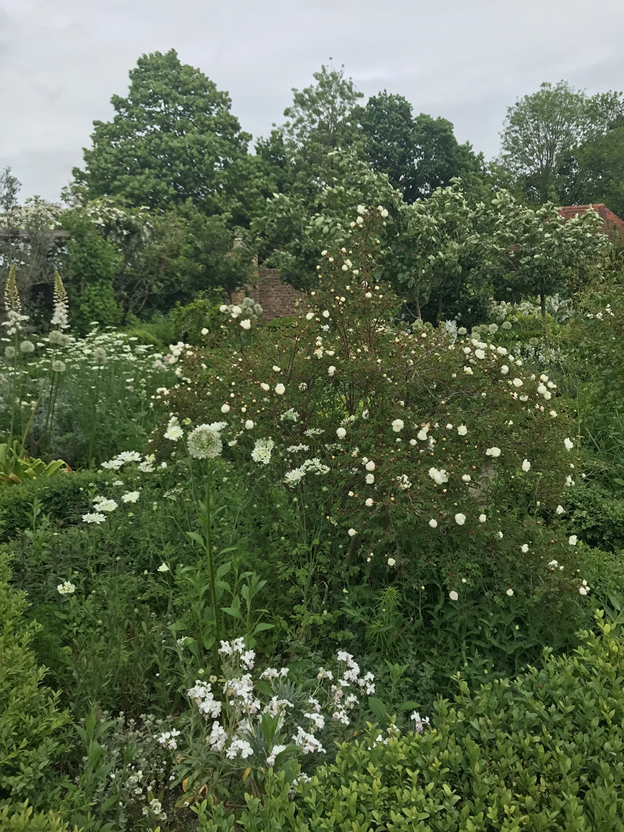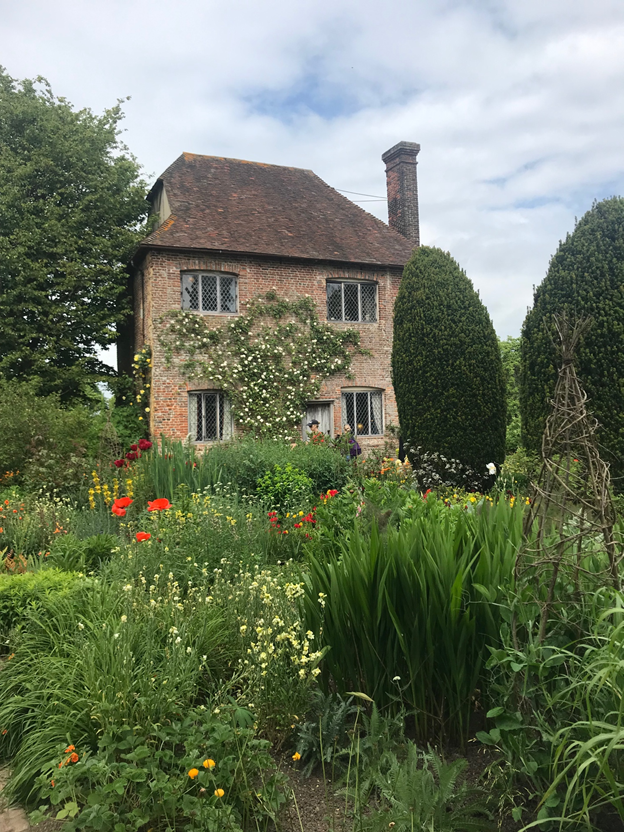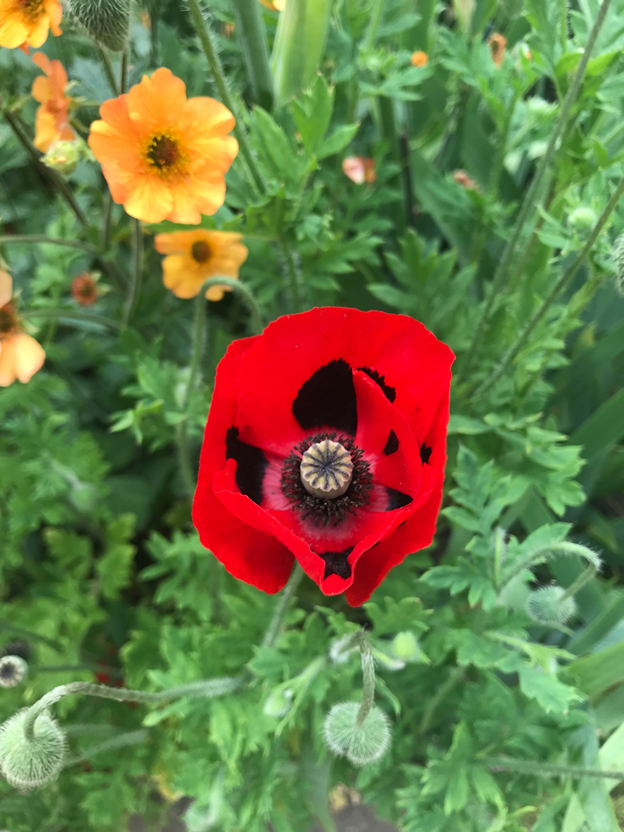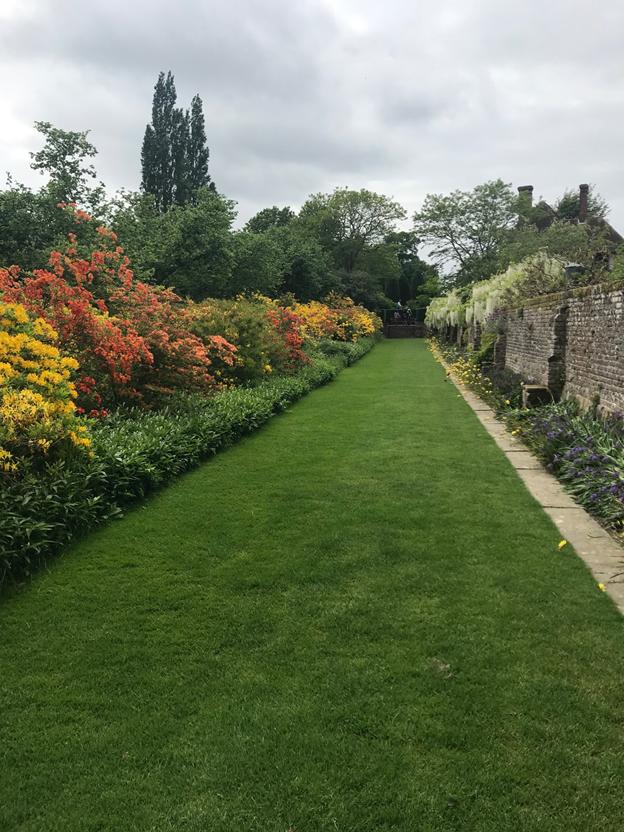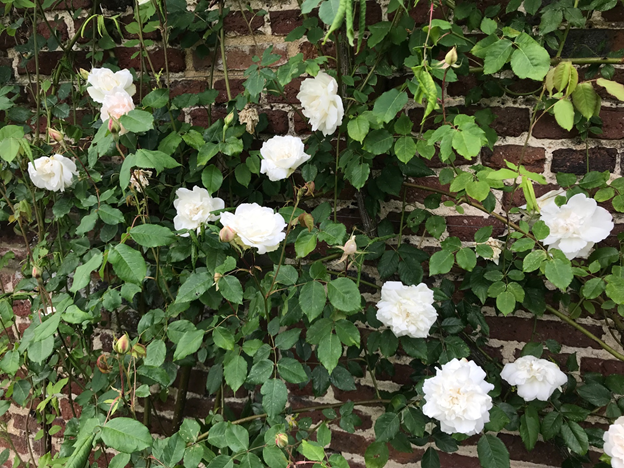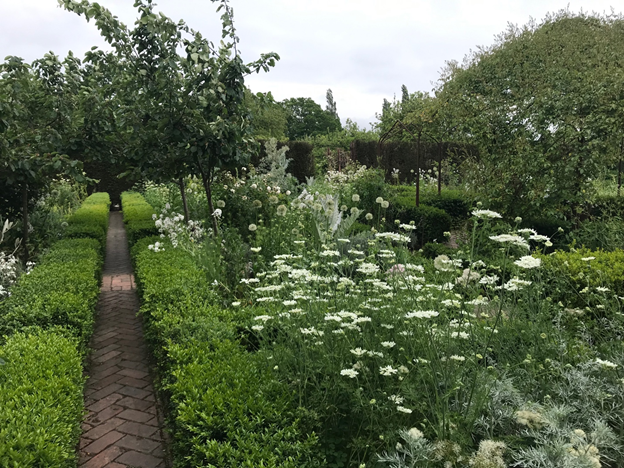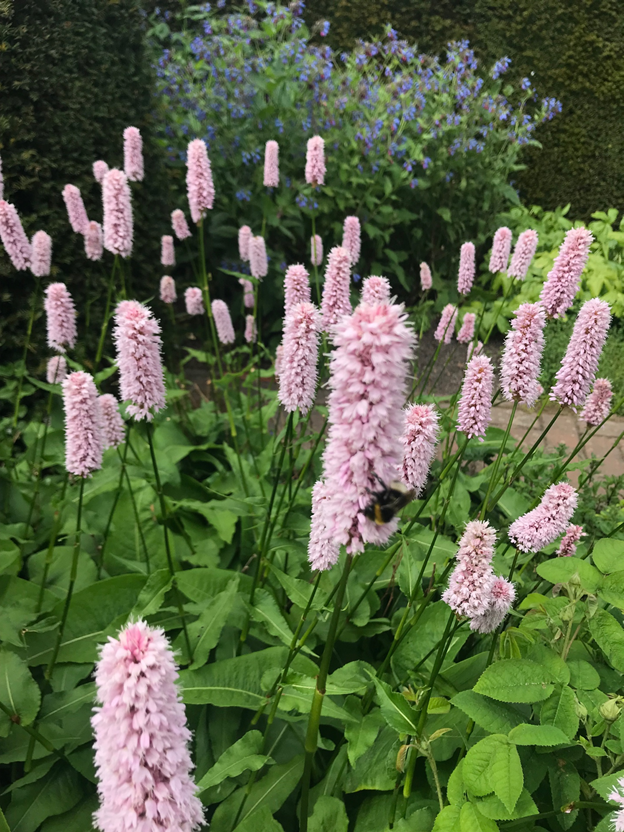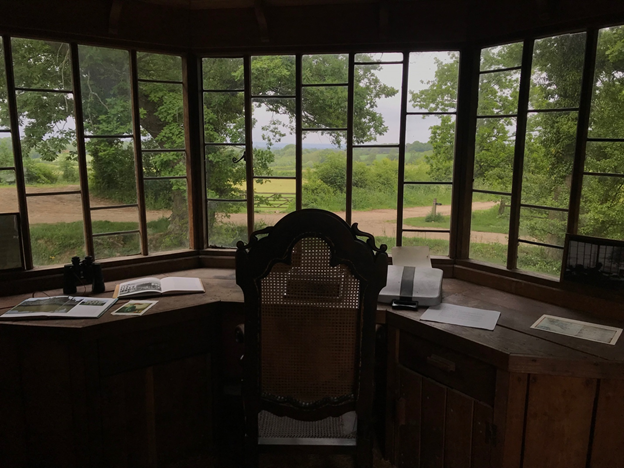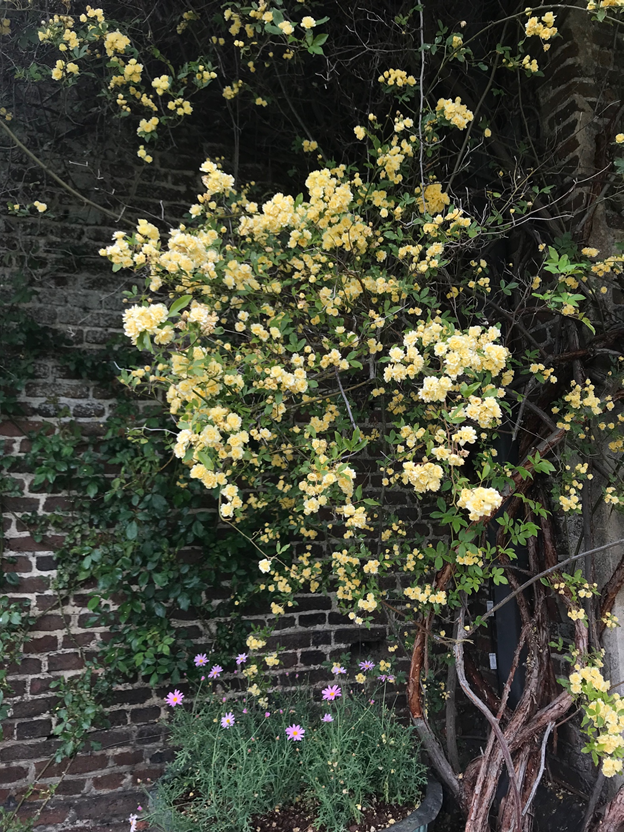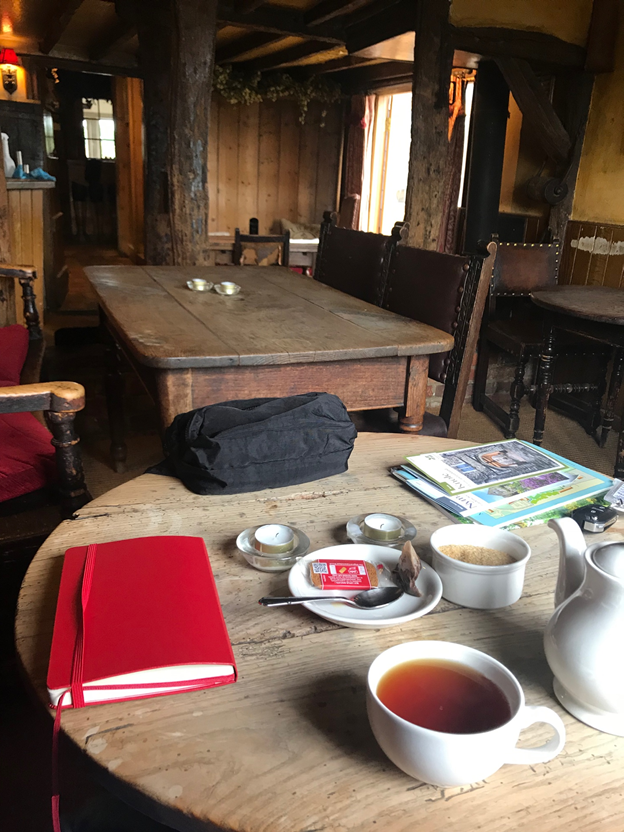by Elsa Johnson and John Cross
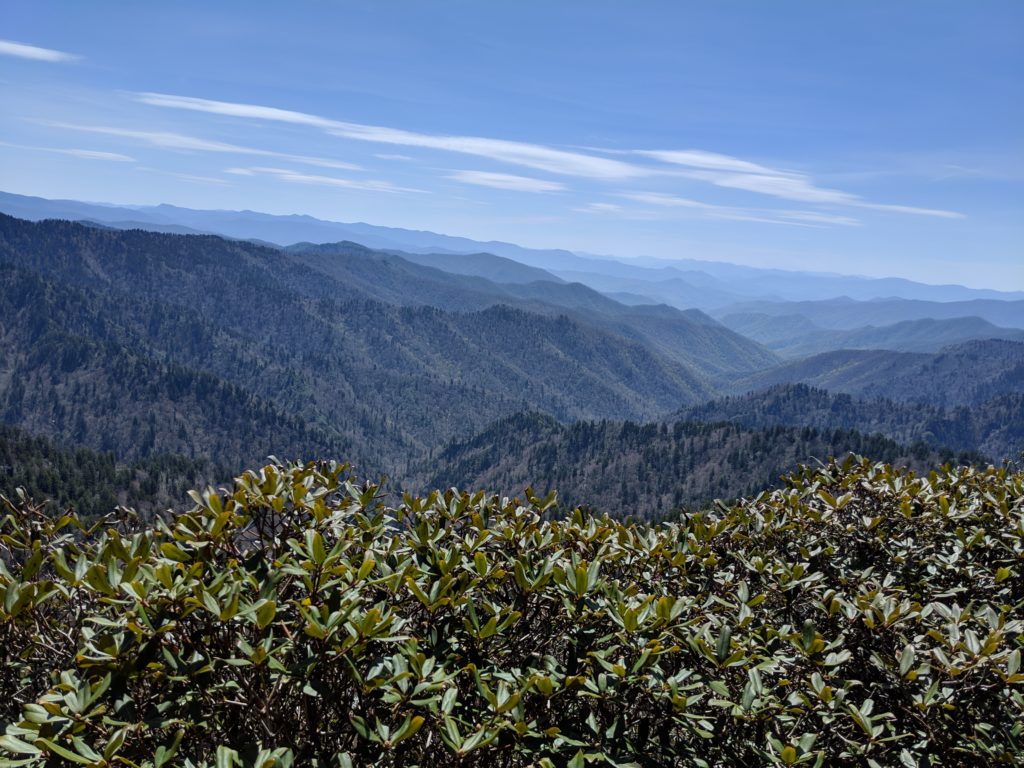
A friend of ours — young by our standard, but not his own — spent last summer hiking the Appalachian Trail. We thought our readers might enjoy this conversation with him about his experience. The lead-in question was:
So — How many pairs of shoes did you go through?
I went through four pairs of shoes. The trail is around 2,200 miles, so I went through a pair of shoes every 500 miles.
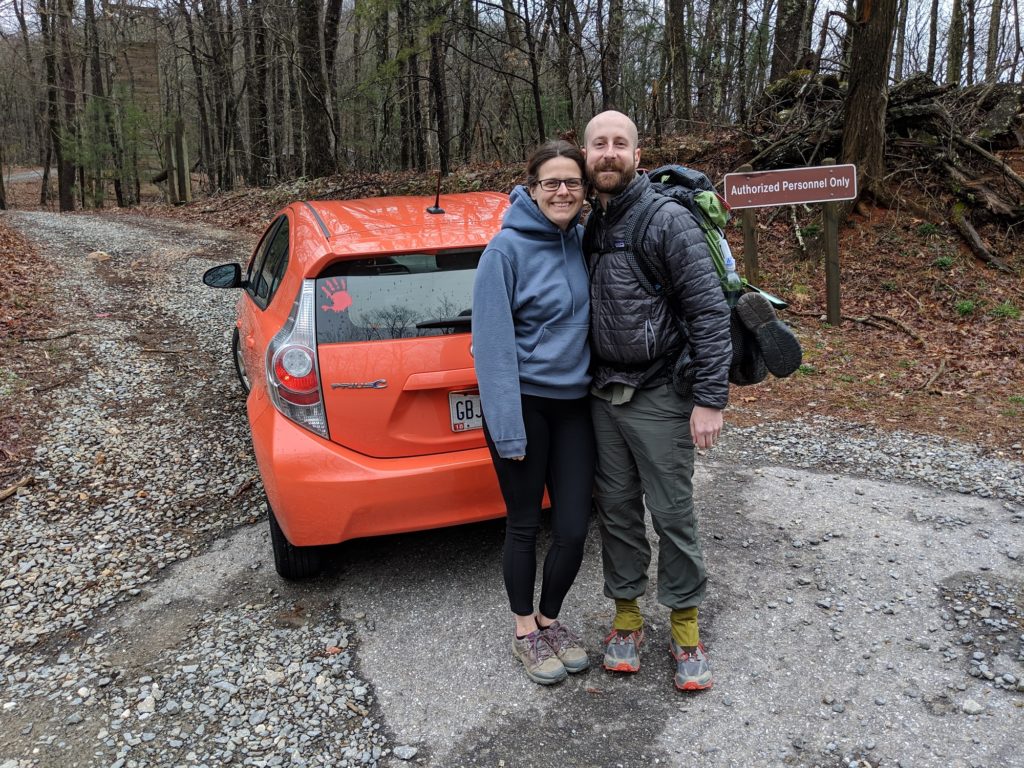

Clothes?
No – just some holes.
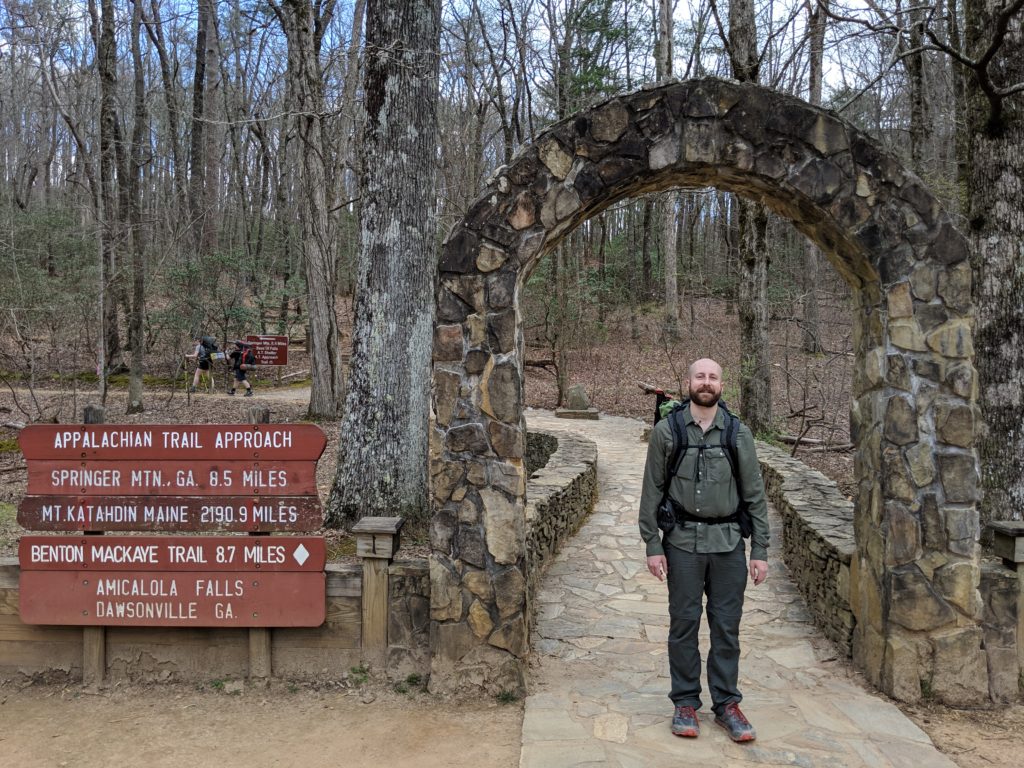
Why did you do this?
Originally I was looking for a way to channel something outside of work that wasn’t my day to day, and I’d always been into hiking; it was a way to disconnect. I’m a technology person. I wanted — wilderness. That was important, to have something that was completely separate from technology. I was stressed out from technology. I started realizing how there’s kind of a gear-head culture around hiking, where you’re trying to get your gear as light as possible, and it specifically pertains to these thru-hikes. That’s what got me thinking about the Appalachian Trail. I had two friends who’d hiked the trail – a section, not the whole thing – so I started thinking about the trail and what gear should I purchase and how could I get it light? There are these luxury items that you don’t really need, but want to have with you, like a large battery pack. It’s not really necessary and mine was heavy at 12 ounces, but it adds a lot of convenience, like always being able to charge your phone. Then I just got the Big Rosy Glasses about the trail. I liked that it was a long linear hike, a point A to point B destination. I wanted to do something that broke up the monotony of what I had been doing, working thirteen years right out of college. I wanted to change that up, make sure I was not missing out on something — not just work until my 50’s or 60’s, and then think “oh shoot, I lost that opportunity.”
Why do people start in the south and hike north?
What I hear is it’s a little bit easier that way. Hiking the whole trail depends on timing. If you want to start in the spring, then you want to start in the south. But if you are only available to start midsummer, then you will want to go southbound. What enticed me was that supposedly it eases you into the harder part – you’re getting what they call your trail legs. By the time you have your trail legs, you’re getting into harder terrain.
How long did getting your trail legs take?
(laughing) It depends on the person. It took me about two months before I was hiking at a good pace. The other thing to balance out was calories, how much food one can carry, because carrying food is heavy. You want to be sure you keep your energy up and nutrients correct because that can cause issues as well. I eased into the trail. At the beginning I was doing 8 to 12 miles a day. Then every few weeks I’d go a little further, or it was an easy day.
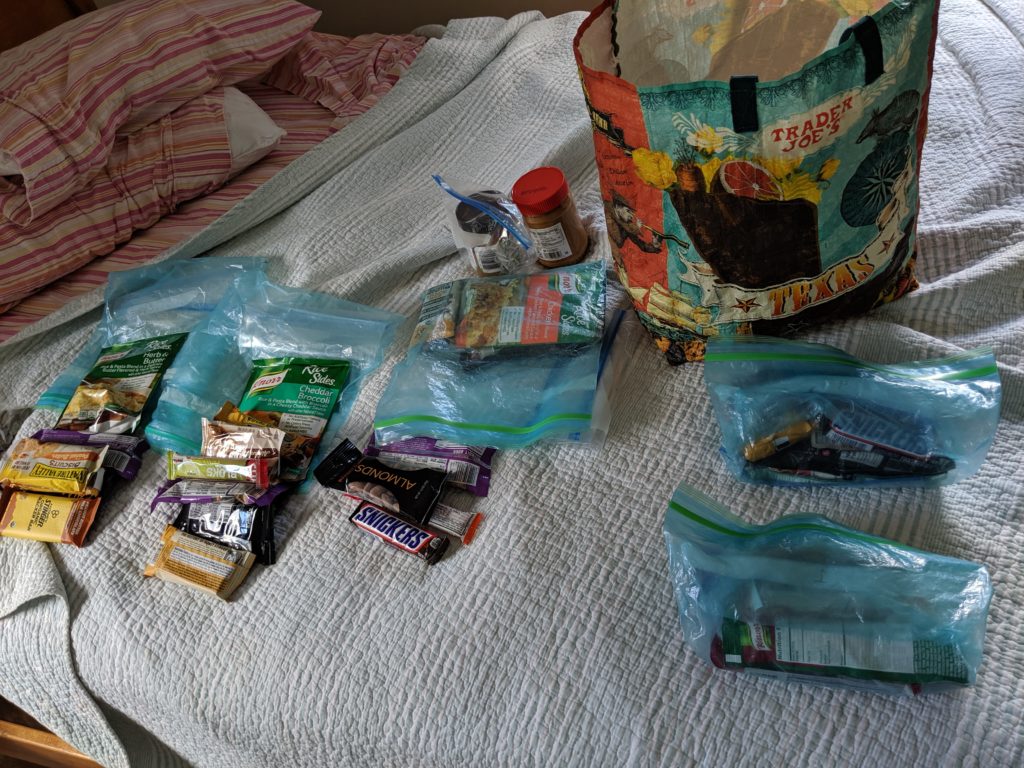
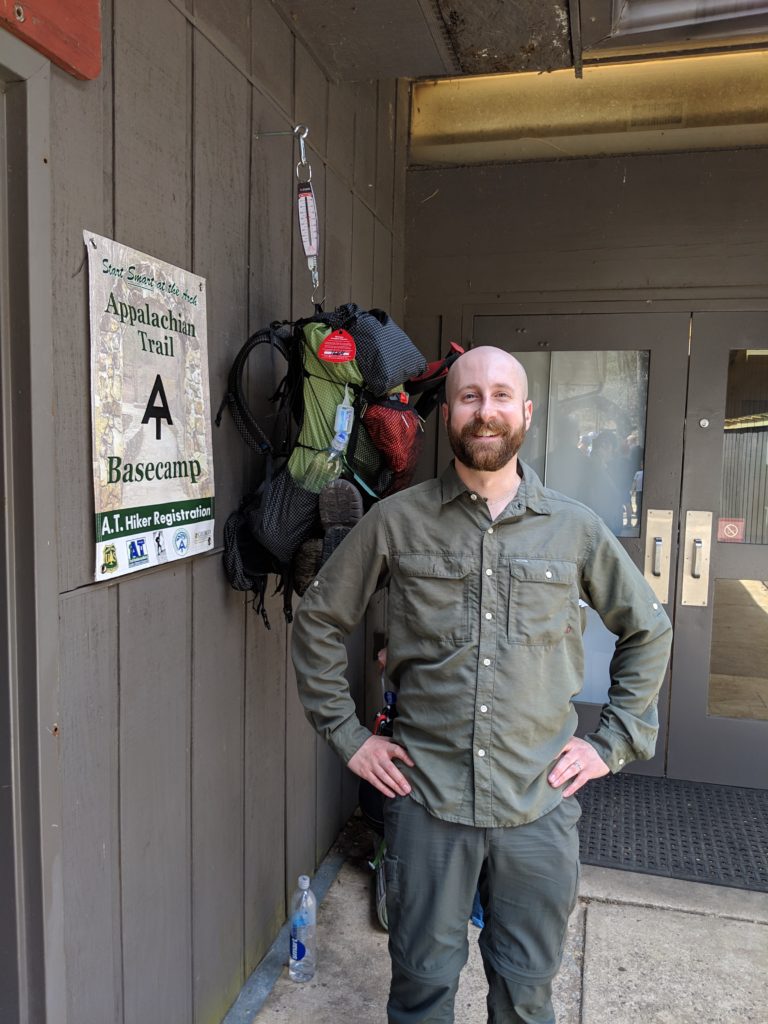
What’s the longest mileage you covered?
Twenty seven and one half miles. That was in the Shenandoahs in the northern end of Virginia; they are known for being relatively flat and easy, so that was the section where I was pounding the miles. I found out after the Shenandoahs that I was very calorie deficient. At that point I was prepping for what’s called the half-gallon challenge, where you eat a half-gallon of ice cream in one sitting. I discovered that instead of getting burnt-out and a stomach ache I was getting a sugar rush, and I’d hike a lot further when I put in all those ‘empty’ calories.

Where did you start?
That was in Amicalola Falls, Georgia. That’s the approach trail in and it is about 9 miles. Then you get to Springer Mountain and that’s the official start of the Appalachian Trail.
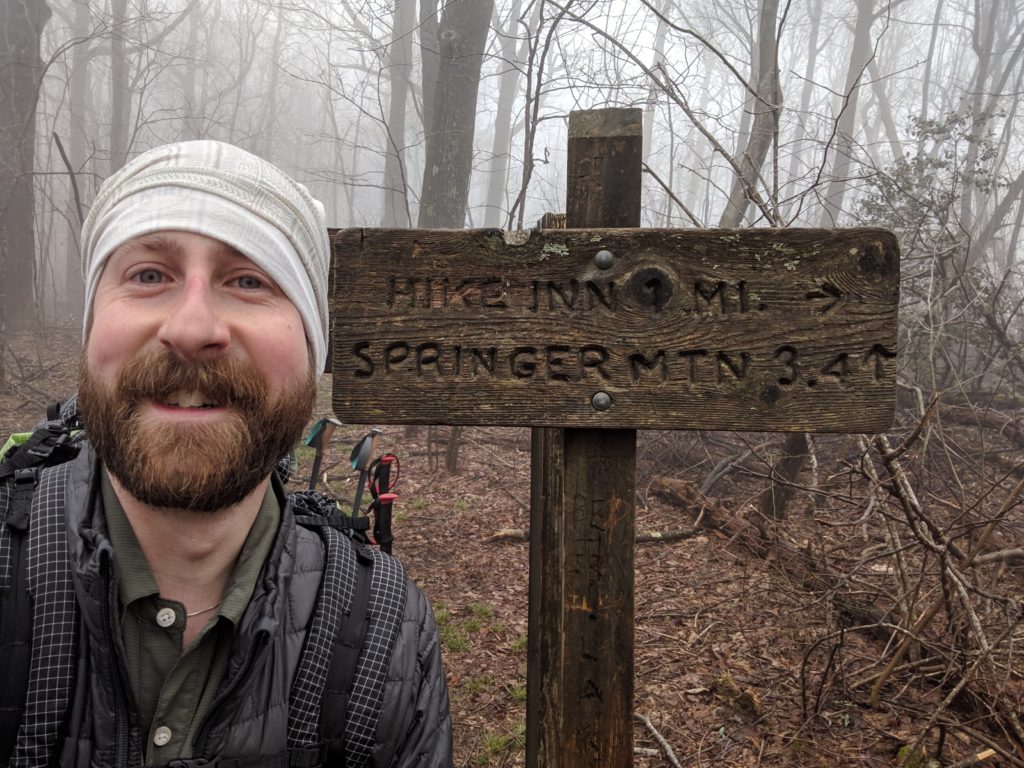
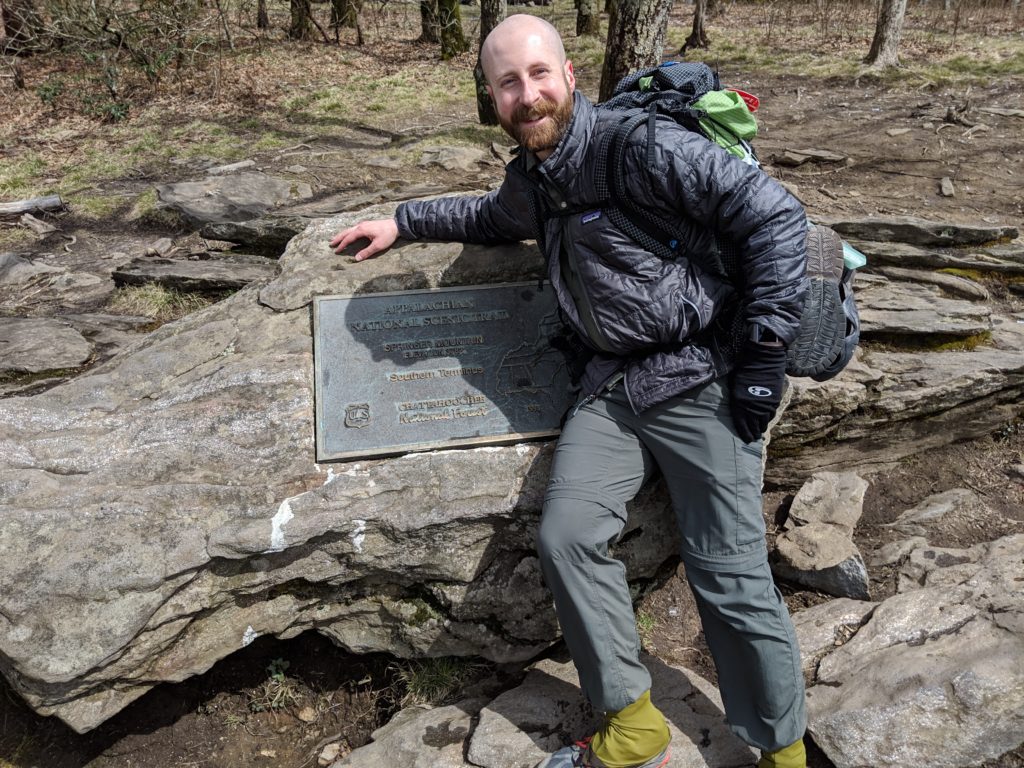
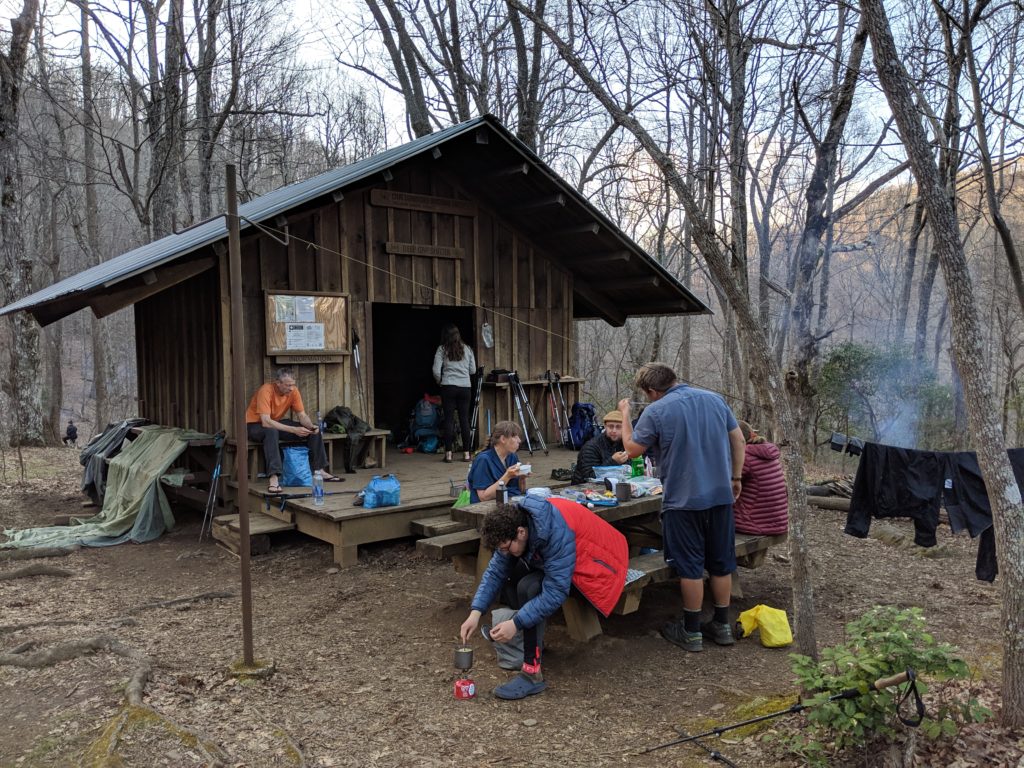
What struck you about the early stages of the trail?
The biggest thing that struck me early on was how crowded it was. There were a lot of people on the trail. Back home people were thinking “oh – John’s alone in the wilderness. Anything can happen. It’s scary, and he’s stuck there.” I think the least amount of people I saw in a day was three, and typically more like ten to fifteen. At the beginning, at every camp that we stopped at there had to be twenty plus people. There were day hikers, section hikers, and thru-hikers. It was to the point where we were concerned we’d find good spots to camp out. You can also do what’s called stealth camping, which is, in certain parts, you can camp off the trail. But we wanted to stick to the shelters. They have conveniences, like bear boxes to put your food in, instead of just hanging it up. Yes, bears may be attracted to the shelters because there are so many people leaving things, but also there are so many people that a bear wouldn’t mess around.
Did you see bears?
Yes. About nine. My first bear experience was scary. I think it was in North Carolina. I’d just set up my tent. I’d sat down in my tent and was ‘exploding’ my backpack, taking everything out and getting arranged for the night, when I heard this person-sized thing coming up behind my tent. I knew there were no people behind me – so I slipped out and stood up, and there was an adolescent bear staring at me. We both got spooked. He went about ten feet away, and stopped, and stared at me. At that point I’m like “what do I do?” I took out my backpack and food and left my tent completely zipped open, and walked away from him. He sat there awhile. We tried to make loud noises to get him to go away. Eventually he sauntered off.
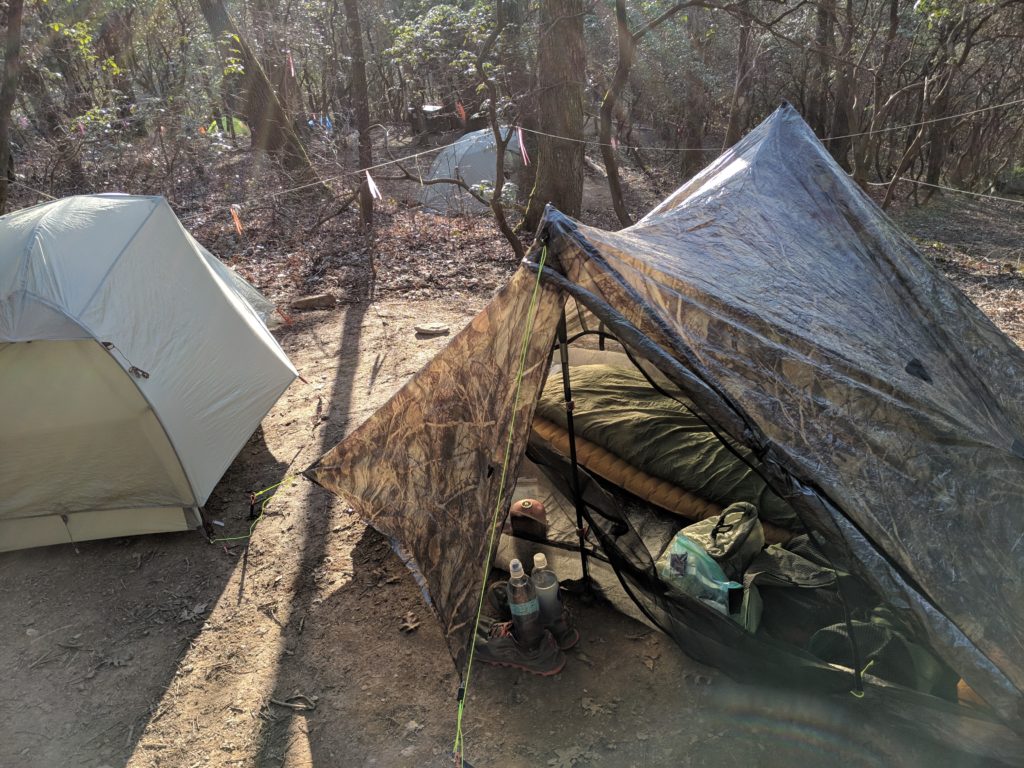
You had a friend with you?
Yes. I wasn’t entirely alone. That was the thing about being in a camp with so many people. That bear was a little nerve-wracking. We went around the camp and told all the people to hang up their bags on bear cables – that’s a rope system that’s provided. Some people still didn’t hang up their food, but it was so early on that people were just getting used to being in the wilderness, and hiking, and a lot of people were still sleeping with their food, which is the opposite of what you are supposed to do, because bears are going to be curious about you. Luckily, that night we had no disturbance, but I didn’t sleep well. I didn’t move my tent. It was one of those things; once I ran into that first bear I realized that I had to accept that there are going to be bears in the wilderness, and I had to get word to them, and be on the alert. Luckily I had no bad encounters with bears, but that definitely was a near encounter. When I’d get the most anxious was when we’d go into popular areas that day hikers or weekend hikers used, who would not be as mindful about storing their food properly. If they lost their food they didn’t care, and that was when bears would get habituated and start to associate people with food. I know they did have to kill one bear while I was hiking the trail. The story goes that the bear had gotten to the point where a hiker had put down his pack and went off-trail to go to the bathroom, and when he was coming back to his pack on the trail the bear rushed it and tore it open, ate all the food he could, and then puked up all the food on the hiker’s backpack. At that point your backpack is your home. It has your tent and everything in it — and at that point you know that bear is going to be a problem. Or sometimes you’d hear from people going to or from certain locations that there were bears in the nighttime, slowly getting habituated. That was what I was scared of.

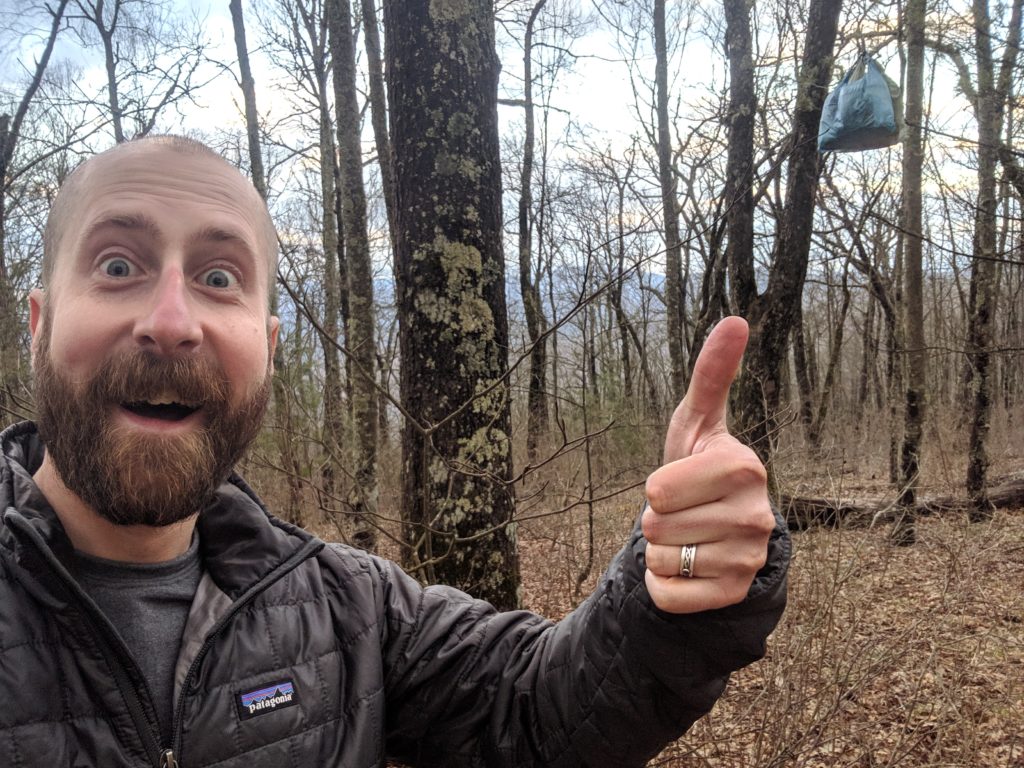
Did you see any other potentially dangerous wildlife?
I saw a lynx. I’d stepped off the trail to go to the bathroom, and as I was walking back to the trail I saw, about 20 feet ahead, the back end of a lynx walking away. It was stalking me, most likely, because I was the only thing that was there. I was on high alert, because with cats you can’t back off if they attack you. But really, there was no danger. The trail itself was the dangerous part.
The little section in the Tennessee Balds that my husband and I hiked, in the Smokies in 2018, was like trying to hike up a waterless waterfall — the steep pitches were so rocky and uneven. Is most of the trail like that?
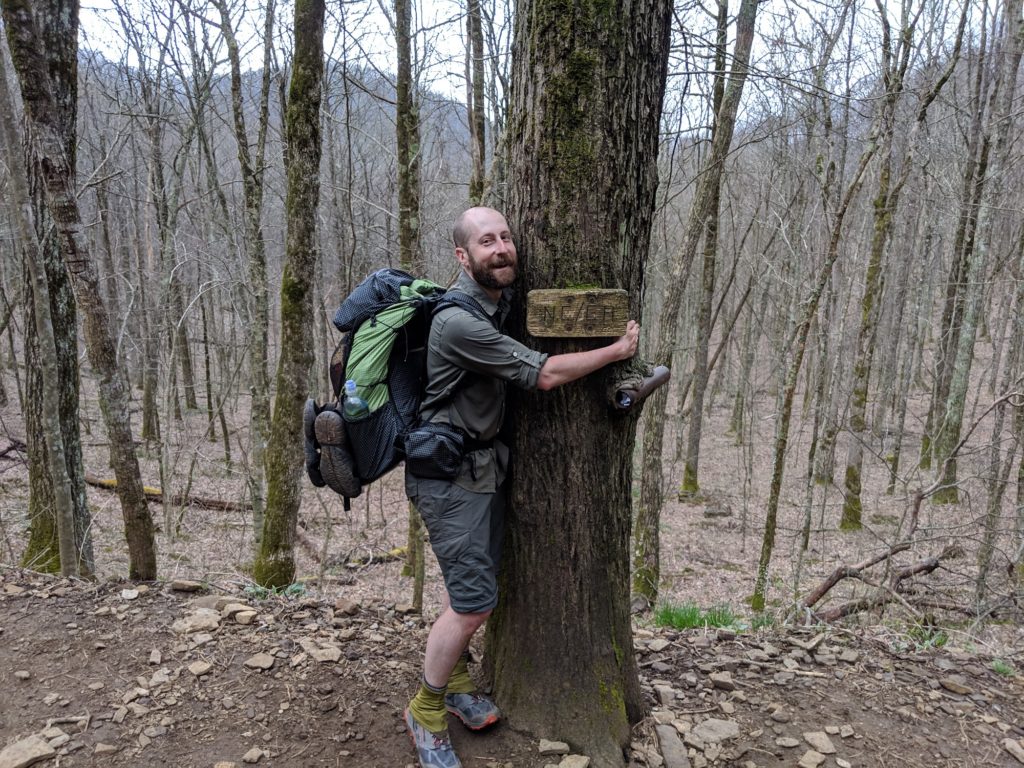
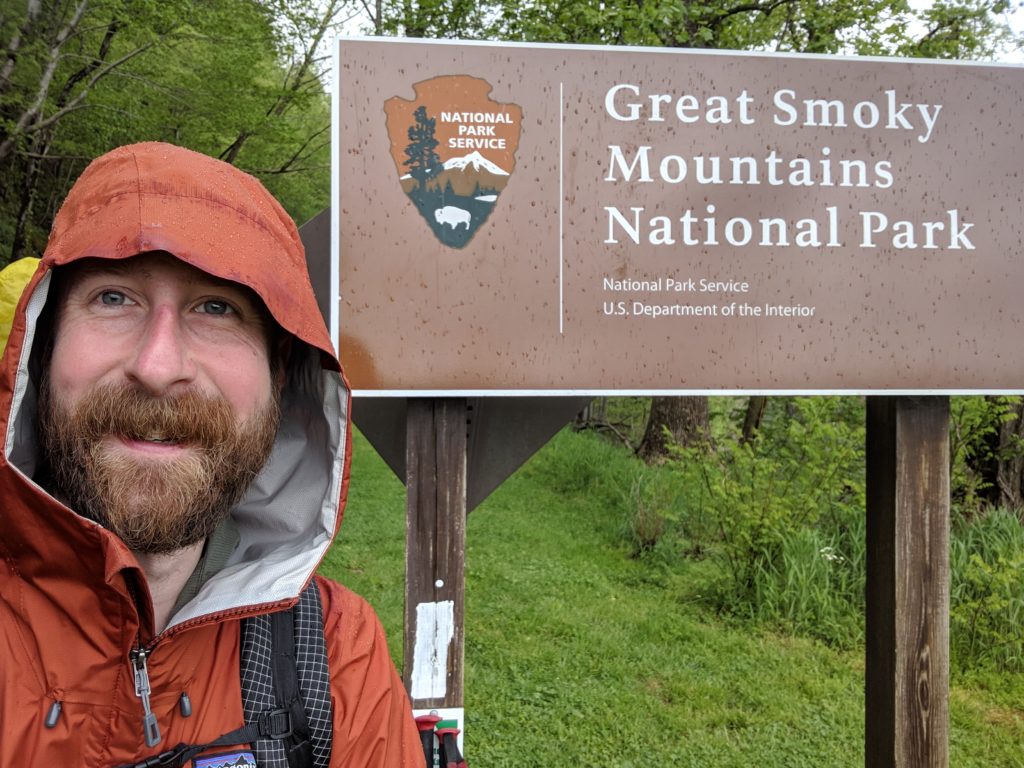
Yes. But it depends. Going from the southern to the northern end, it gets harder the further north you go. The southern end — this is the rosy glasses part – really wasn’t that bad, overall. Sometimes you had to get used to parts that you were hiking up, and sometimes it was really wet. I think my wettest day was in Pennsylvania when the trail became a stream, because it was raining so hard. Pennsylvania is known as the rocky state. That was where I got most depressed on the trail. There are so many rocks on the ground that are a little bit bigger than fist size, all along the trail — It’s a section where a lot of people twist an ankle, and there aren’t so many spectacular views in that state, either. I didn’t feel like I was working myself forward toward something rewarding. I felt like I was just passing through this brutal trail, and the higher mountains were fewer and farther between than in the earlier states (Georgia/North Carolina/Tennessee/Virginia). They are mostly in the east of the state, where you leave Pennsylvania and enter New York. That’s where you begin to get into the real mountain climbing part of the trail — which I was expecting, but it’s different when you’re there in person. My first taste of that was in Pennsylvania at Lehigh Gap. It was the point where you had to put away your trekking poles (I used trekking poles the whole time; I recommend them). It was just hand over hand climbing up these big boulders up the side of the mountain, and you have your backpack pulling on your back, and then there was one point where you can look back, and it’s like looking down a cliff — very scary. I’m not fond of heights. But I knew that going into it. That was my task that day. I wanted to get off that mountain as quickly as possible, from point A to point B, and just keep going.
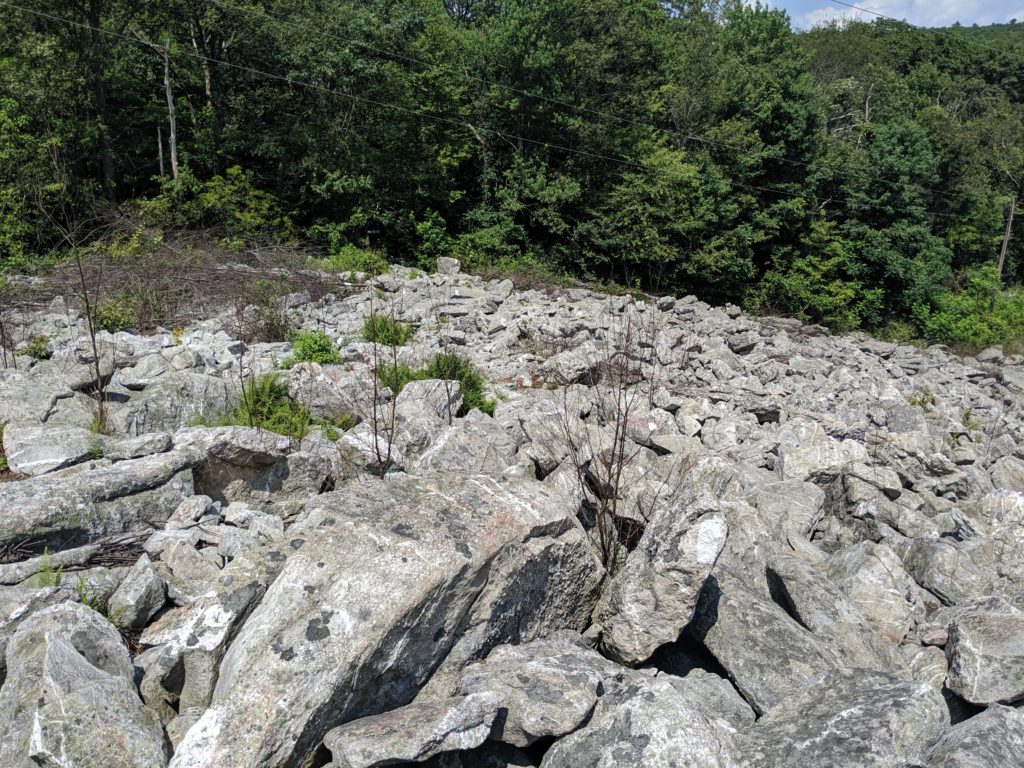
Is it as bad going down the other side?
It was, give or take.


